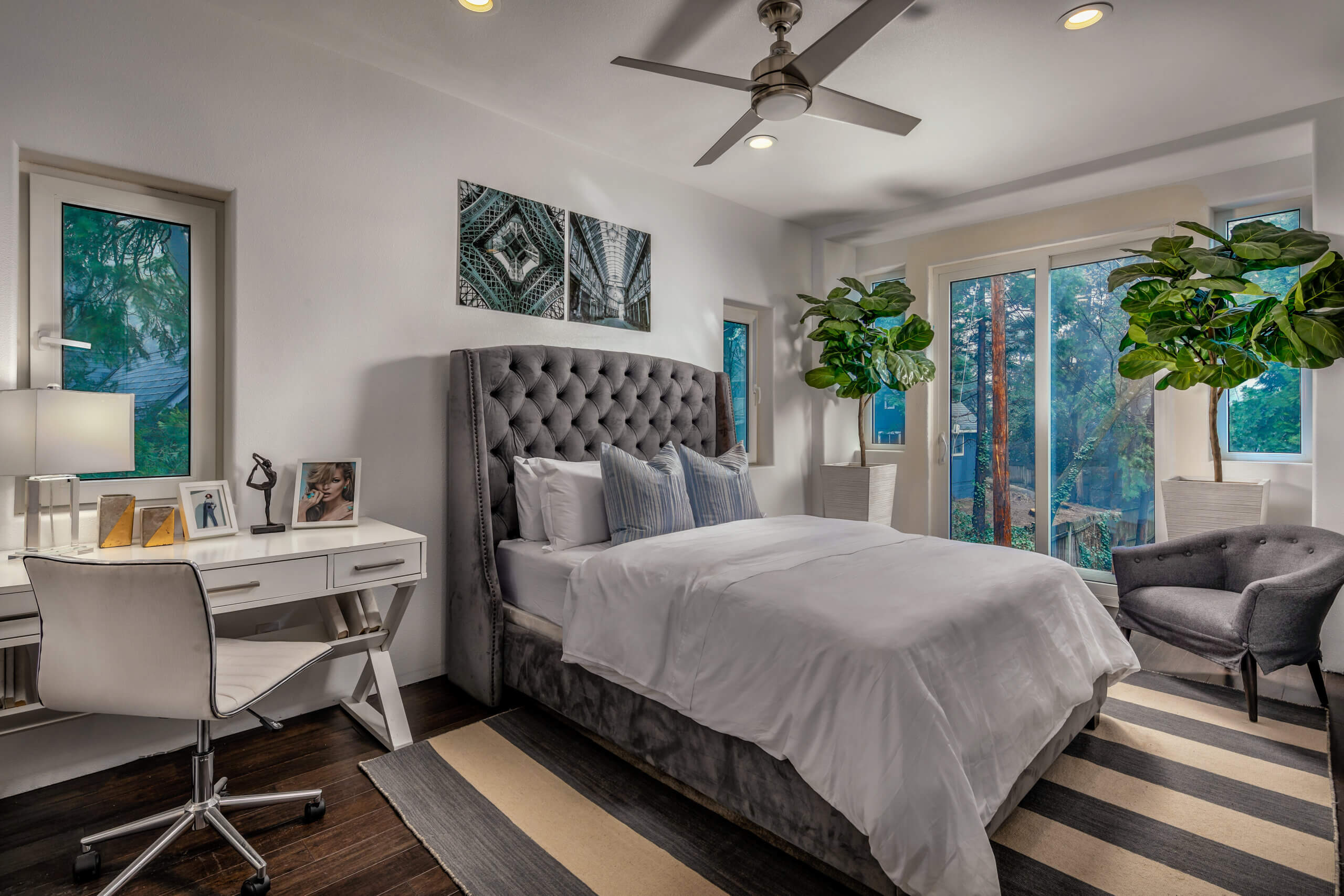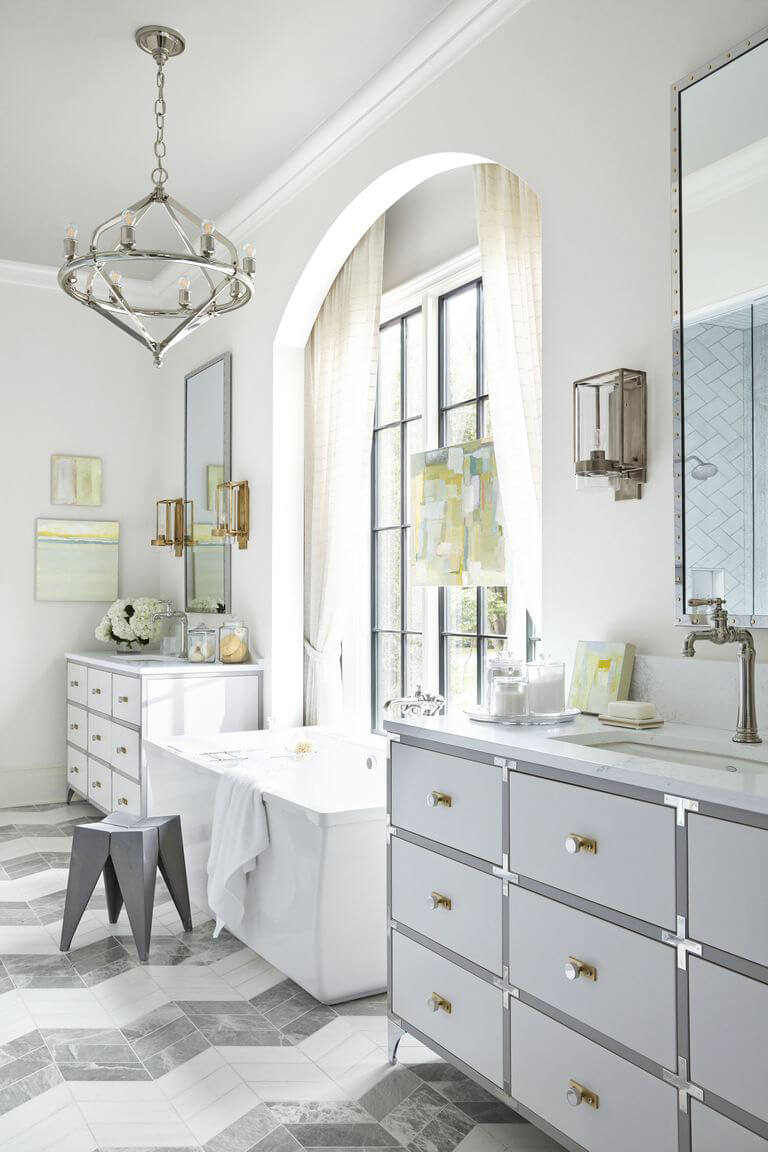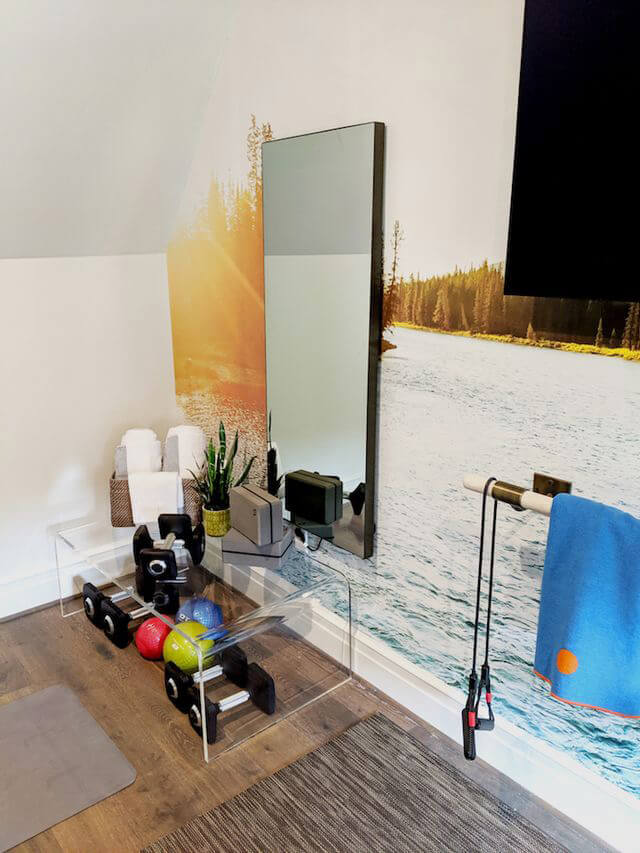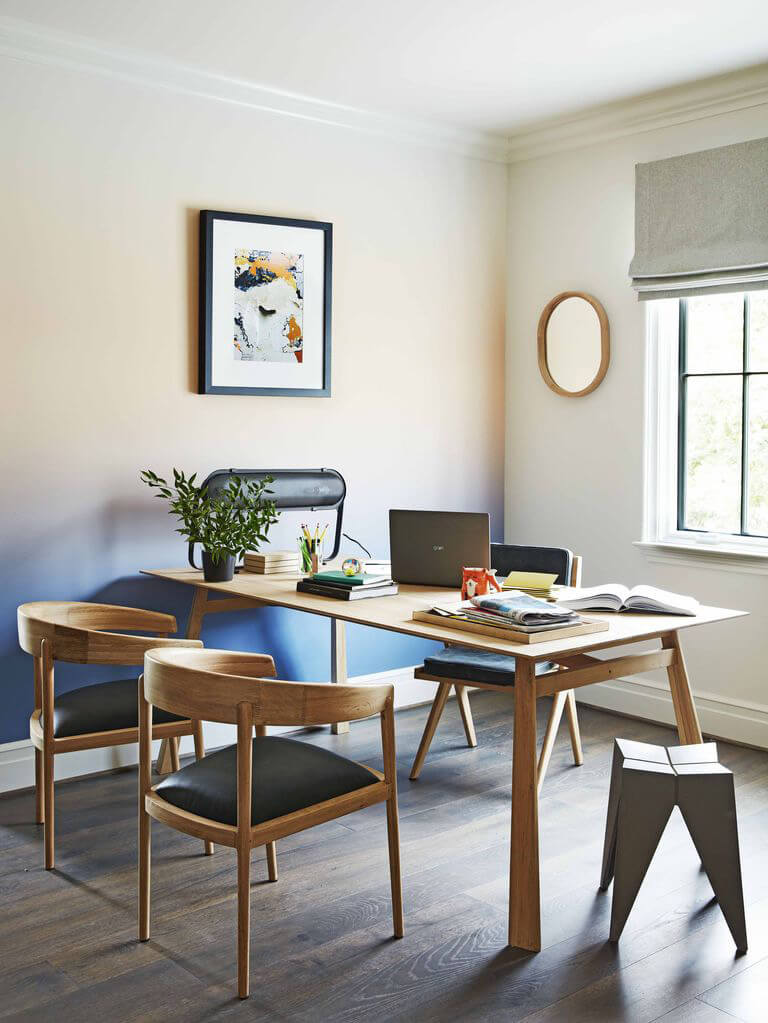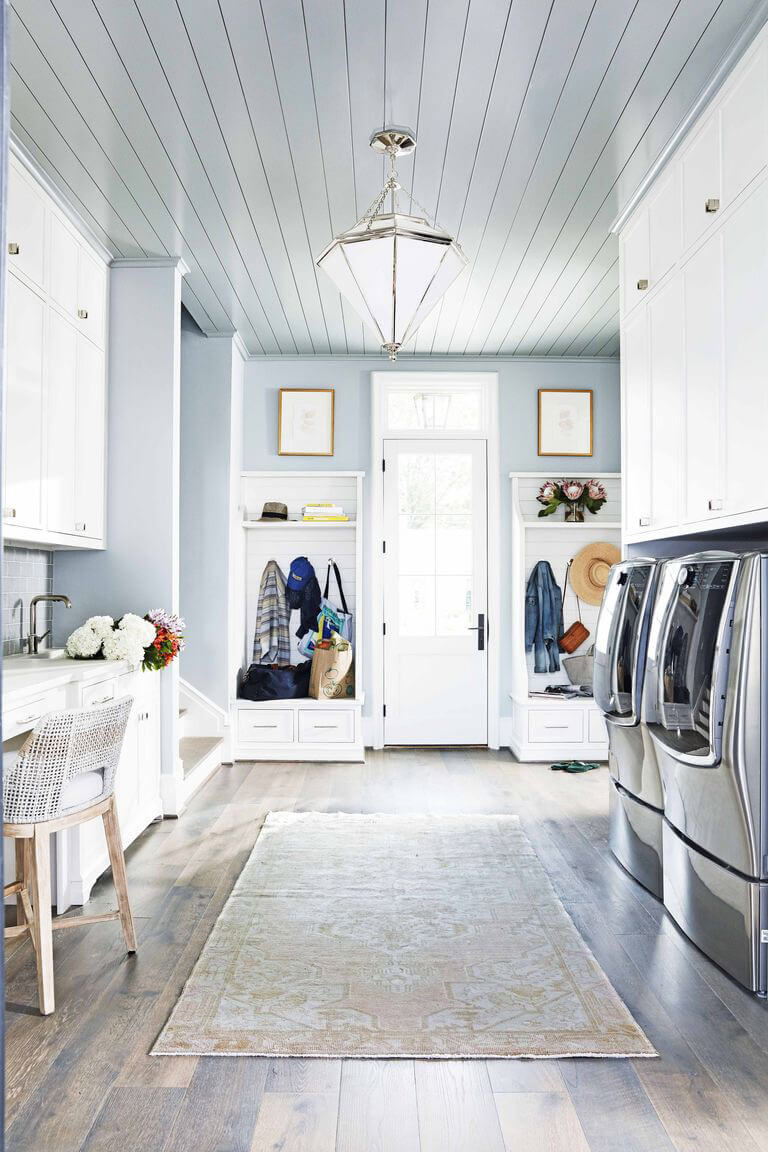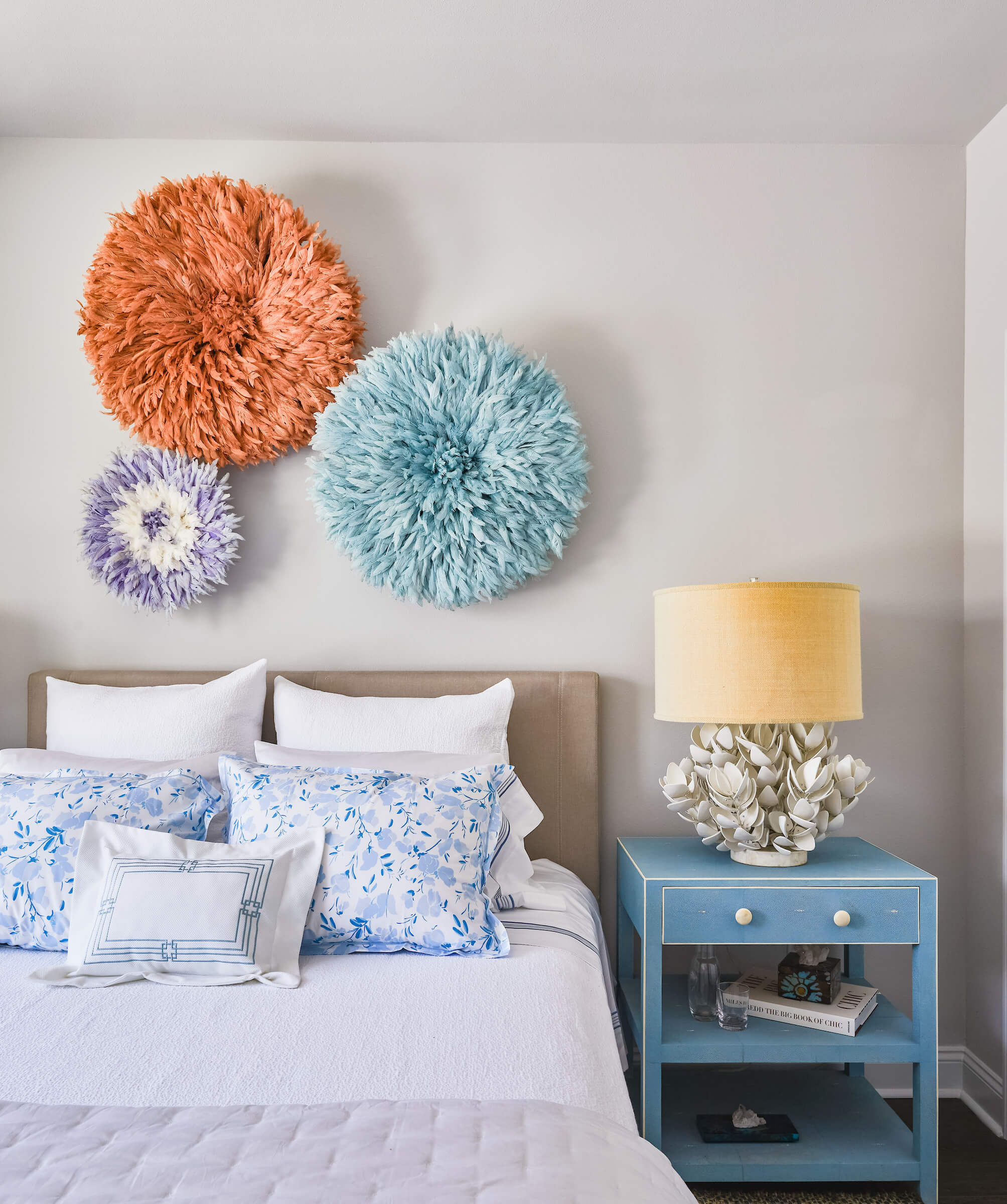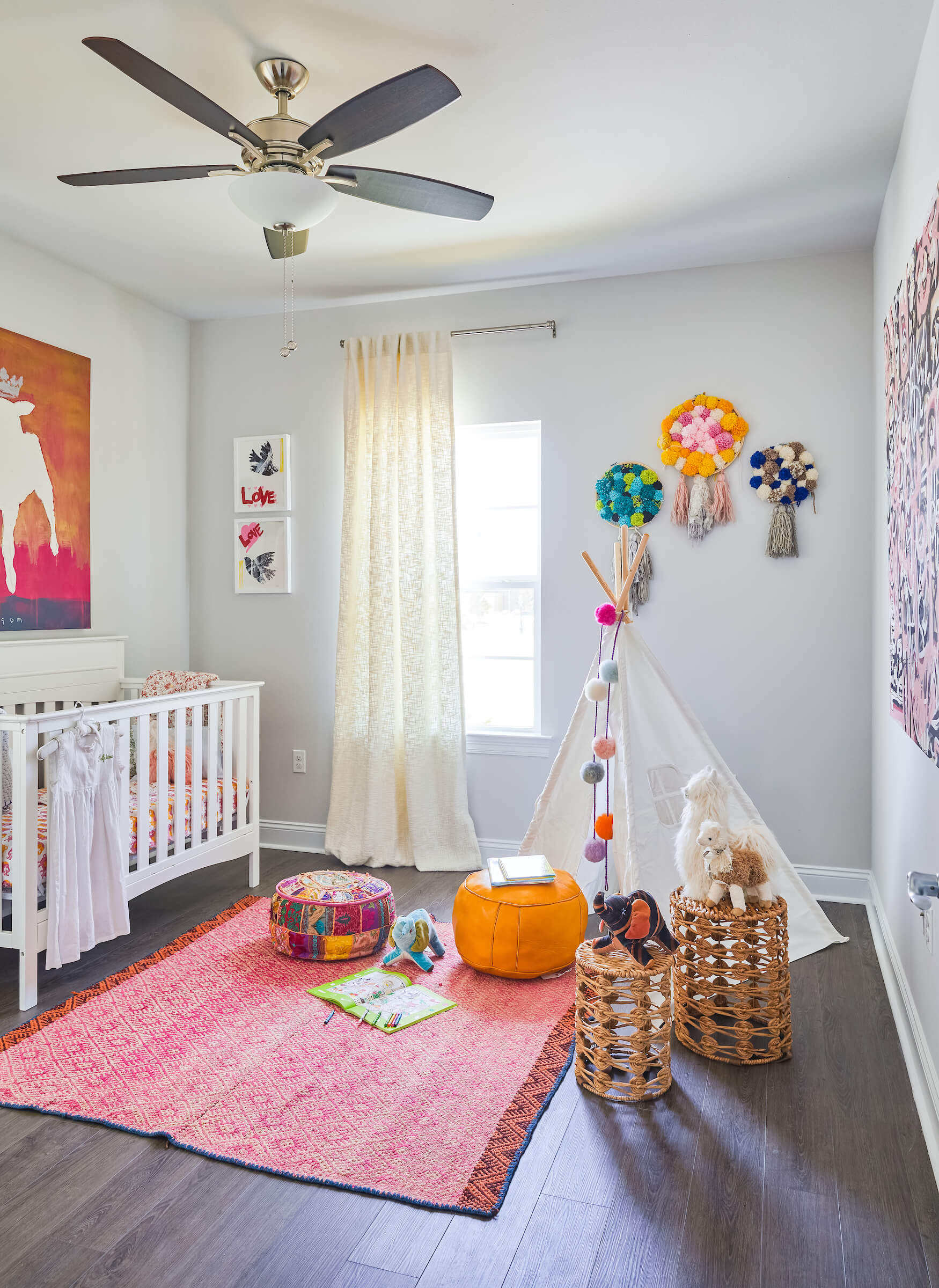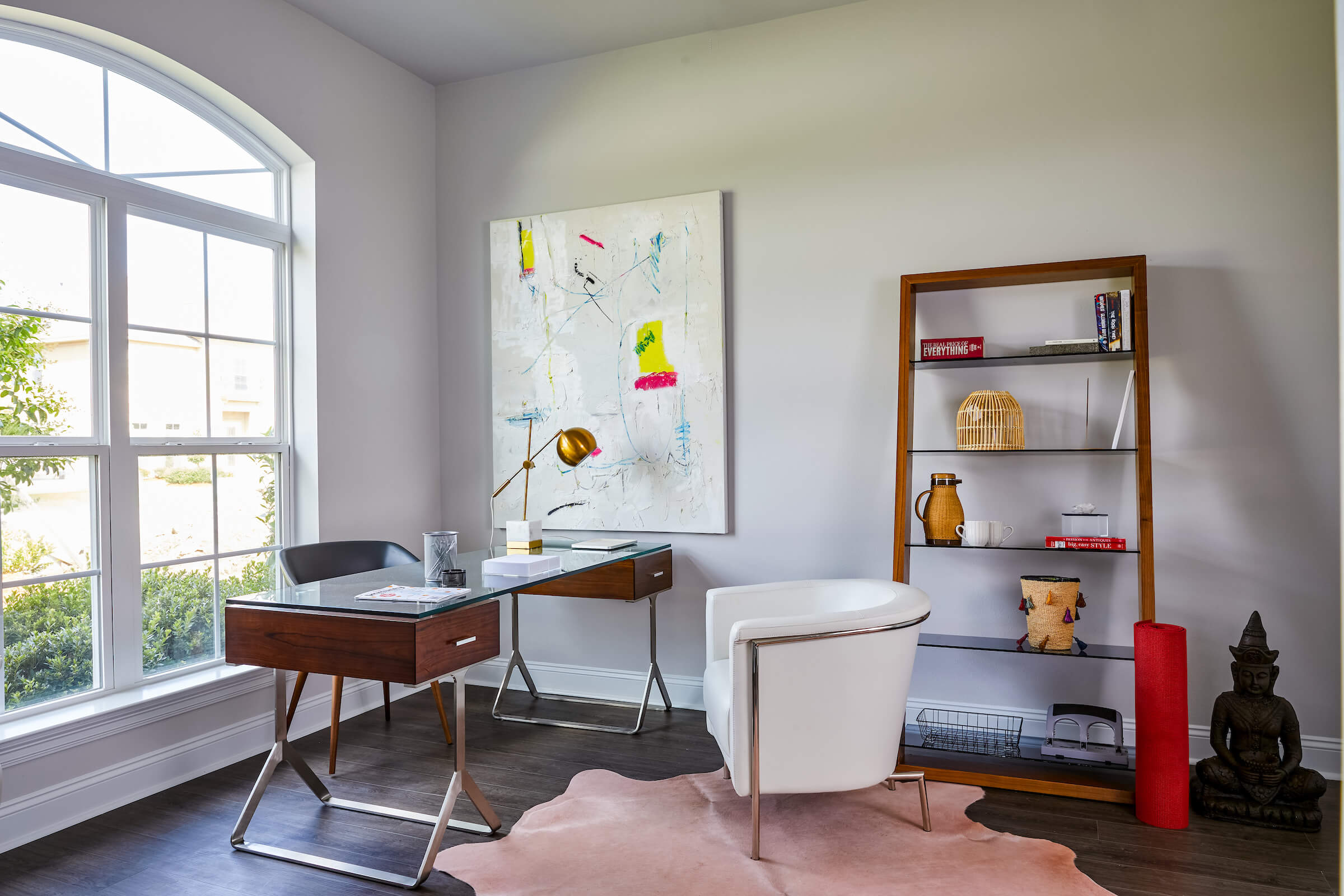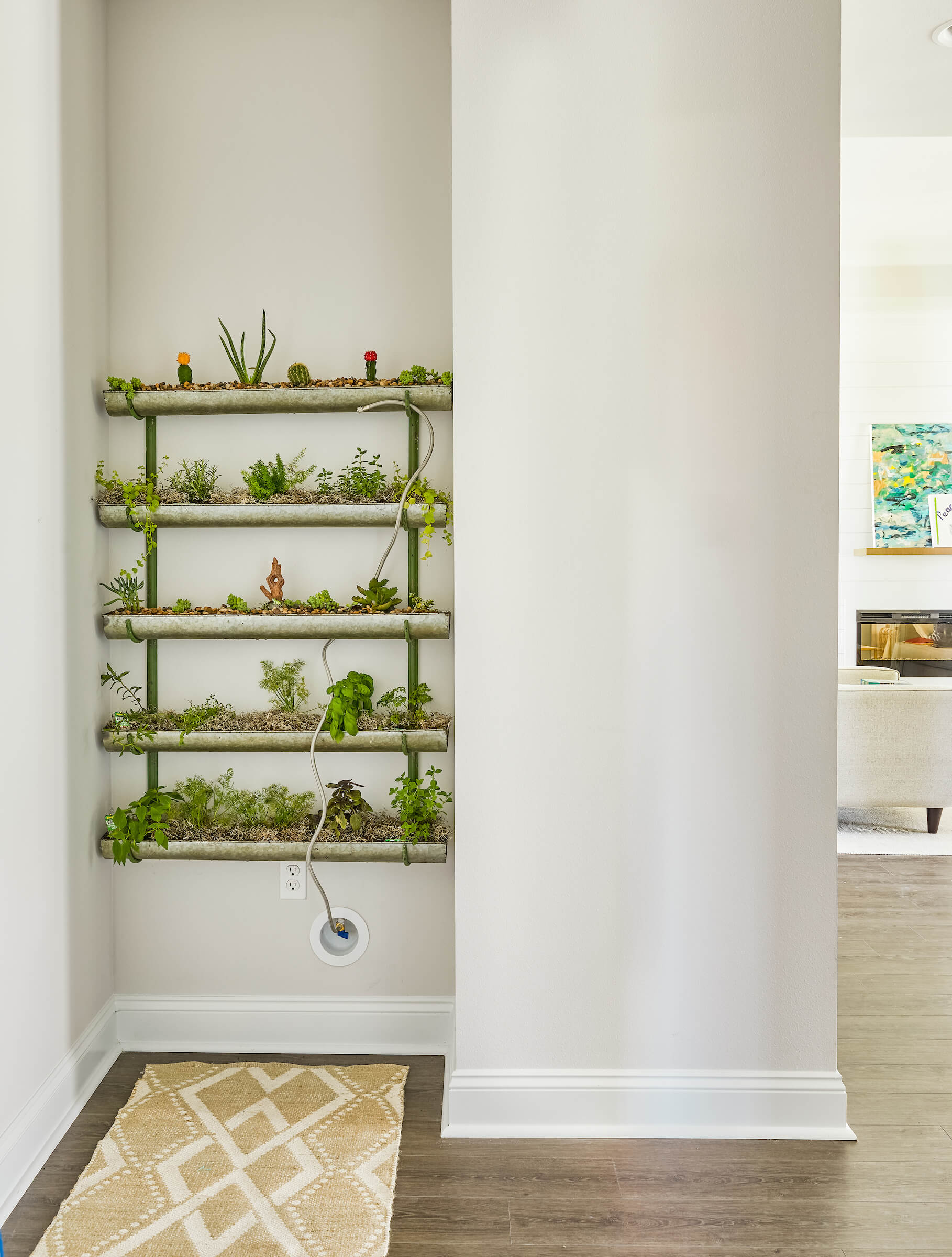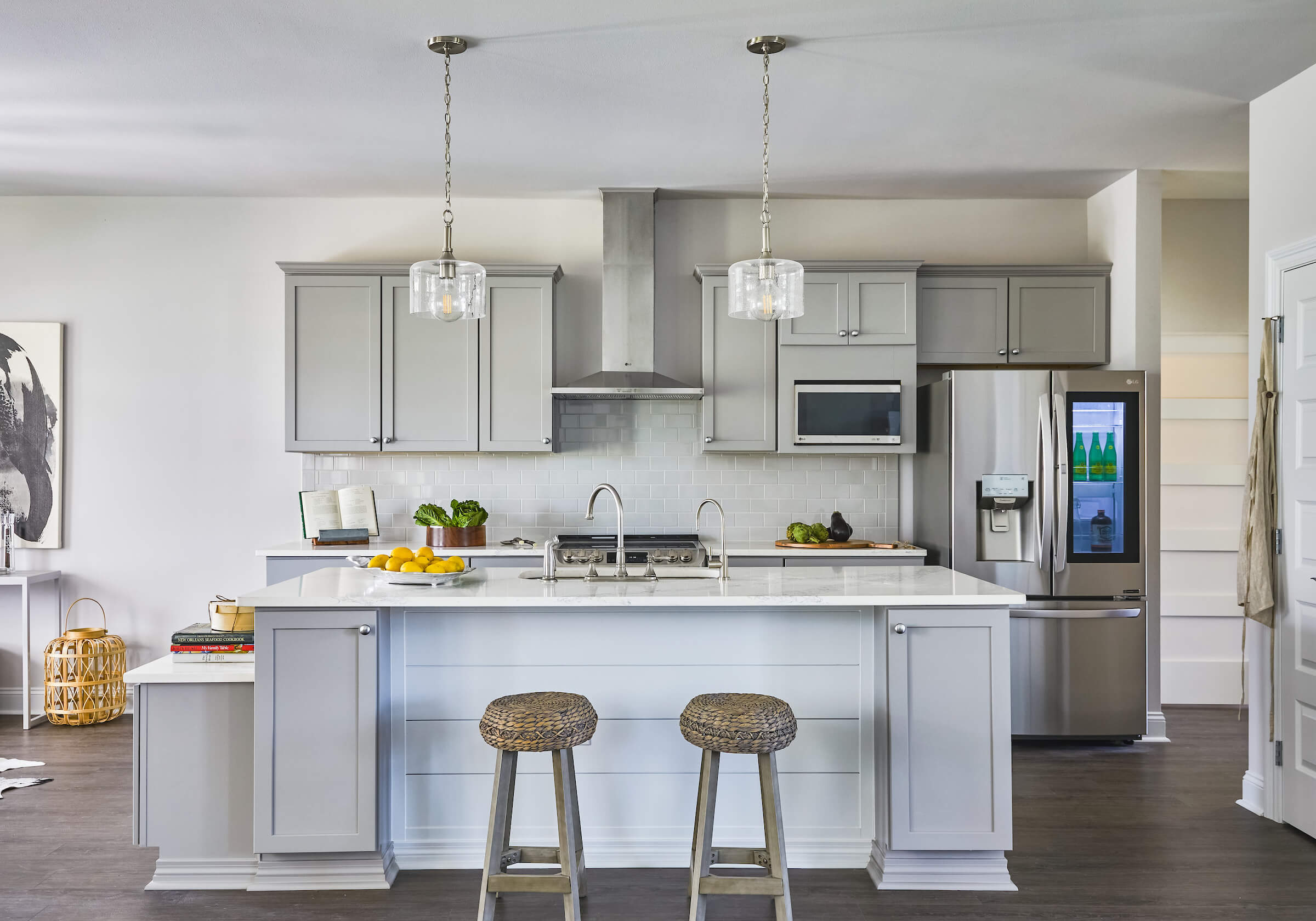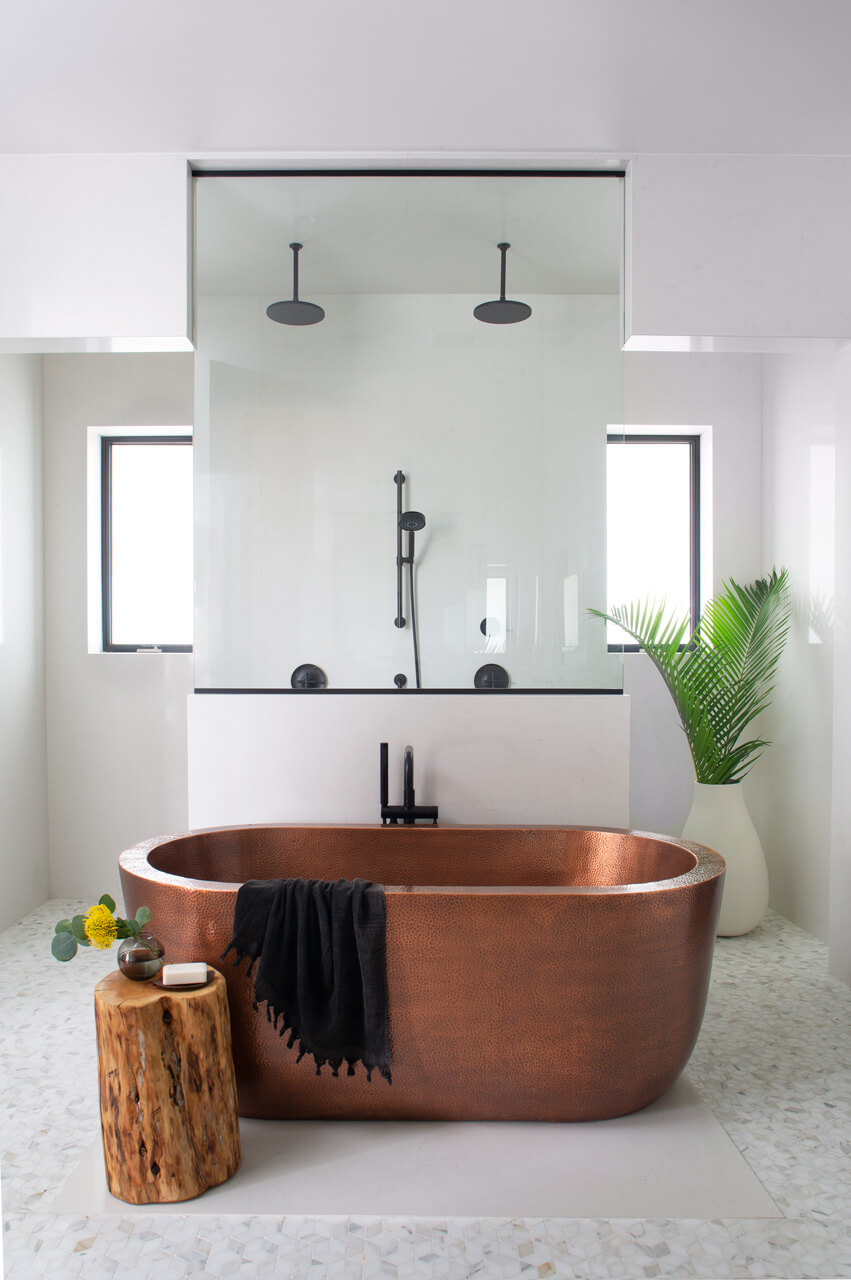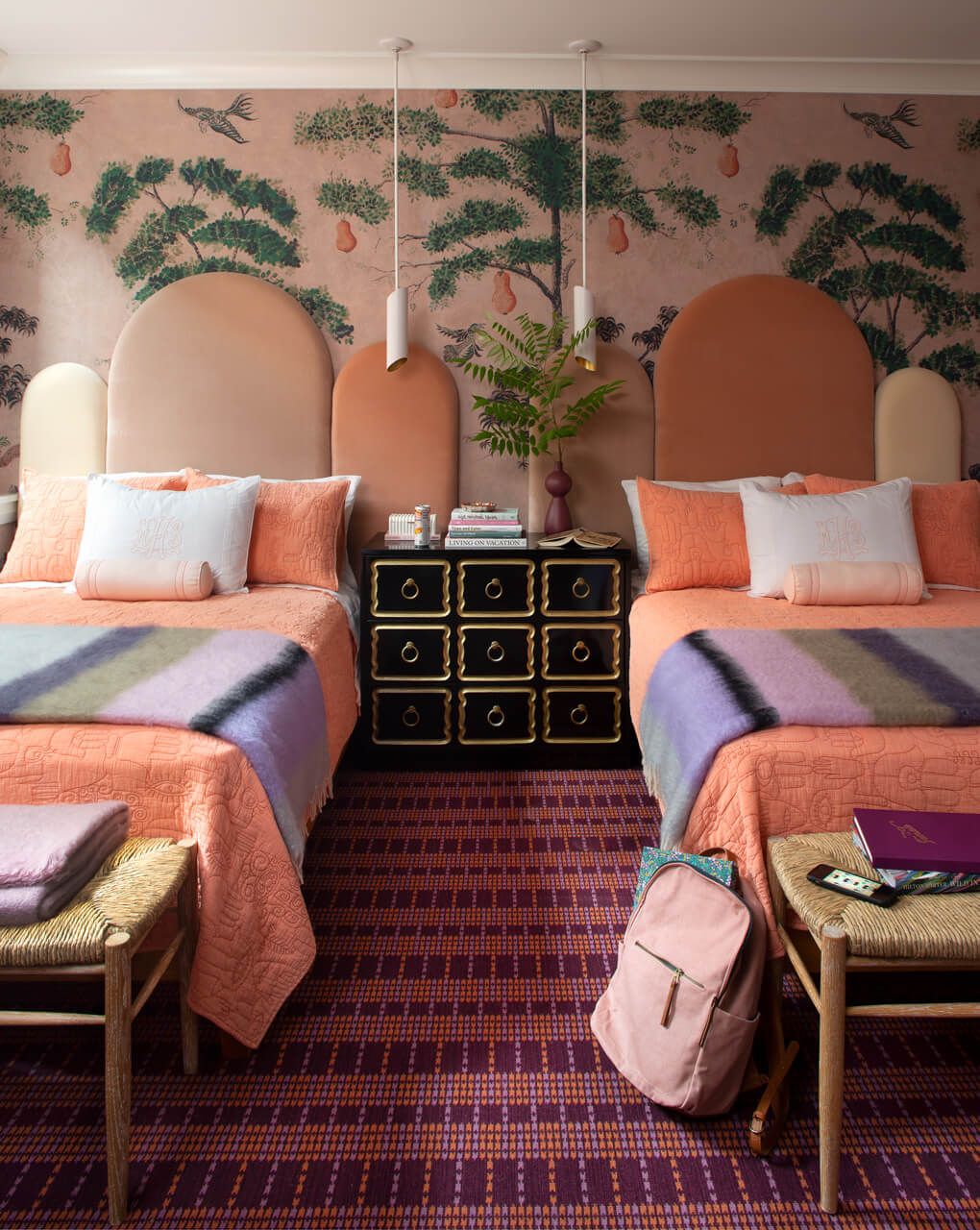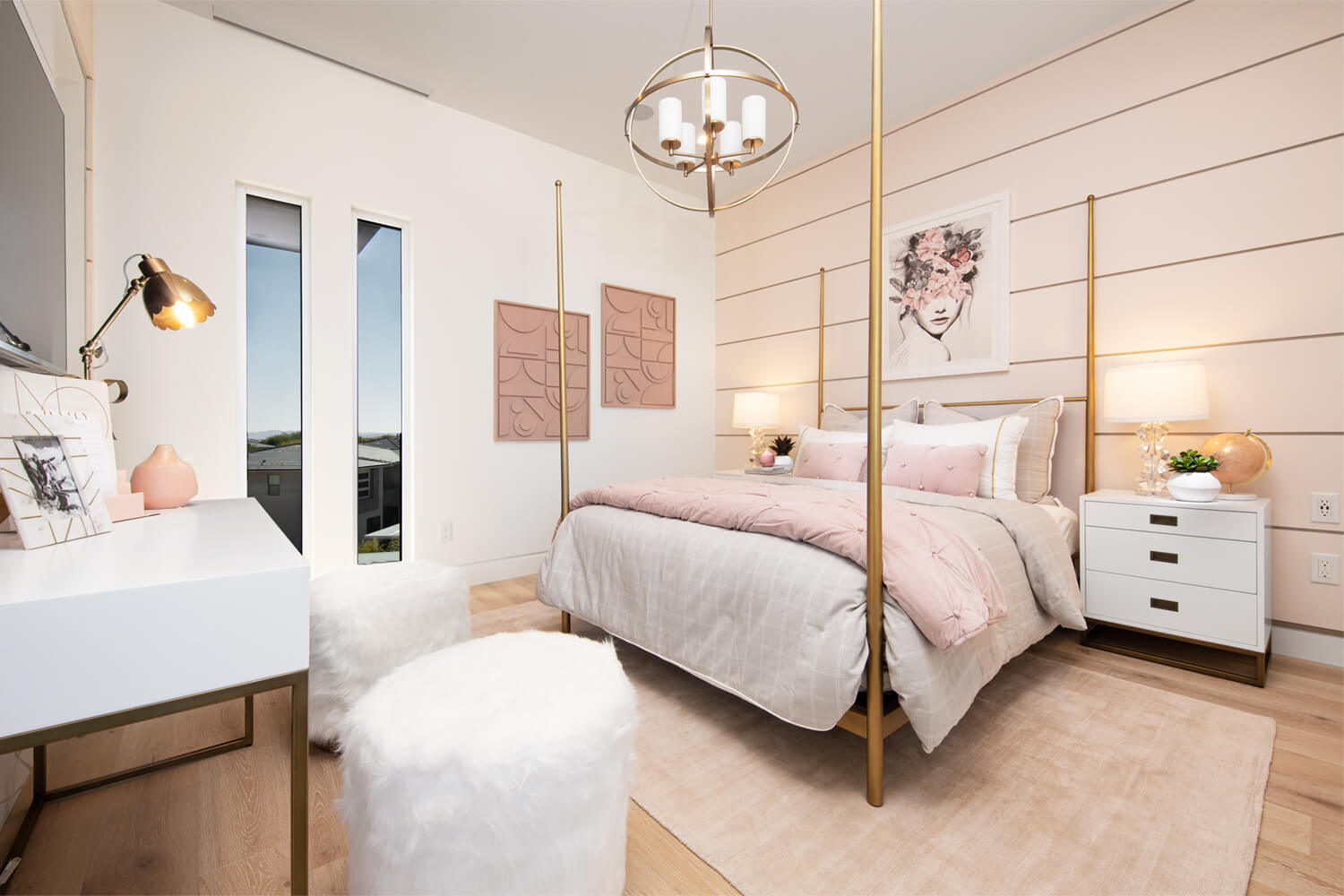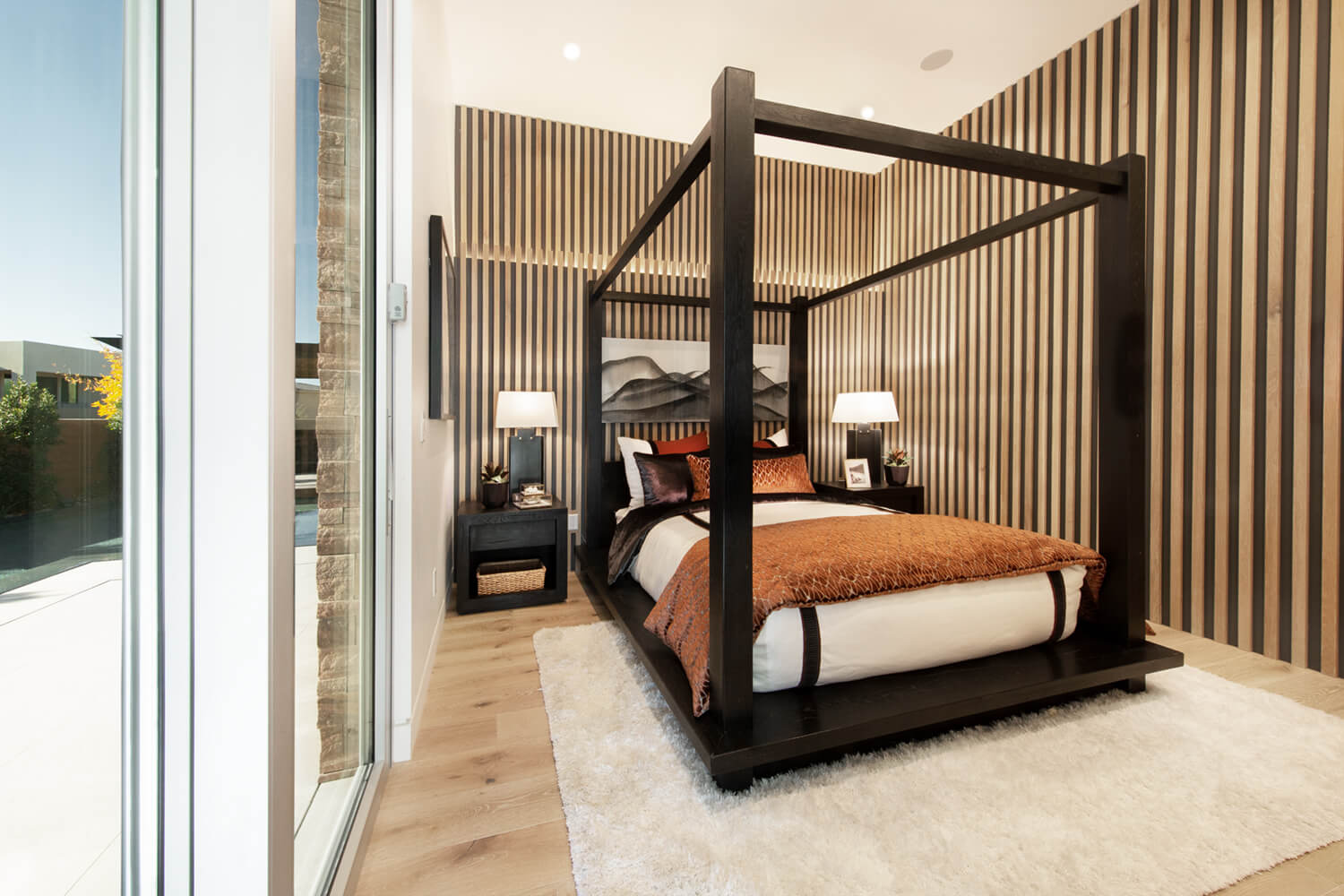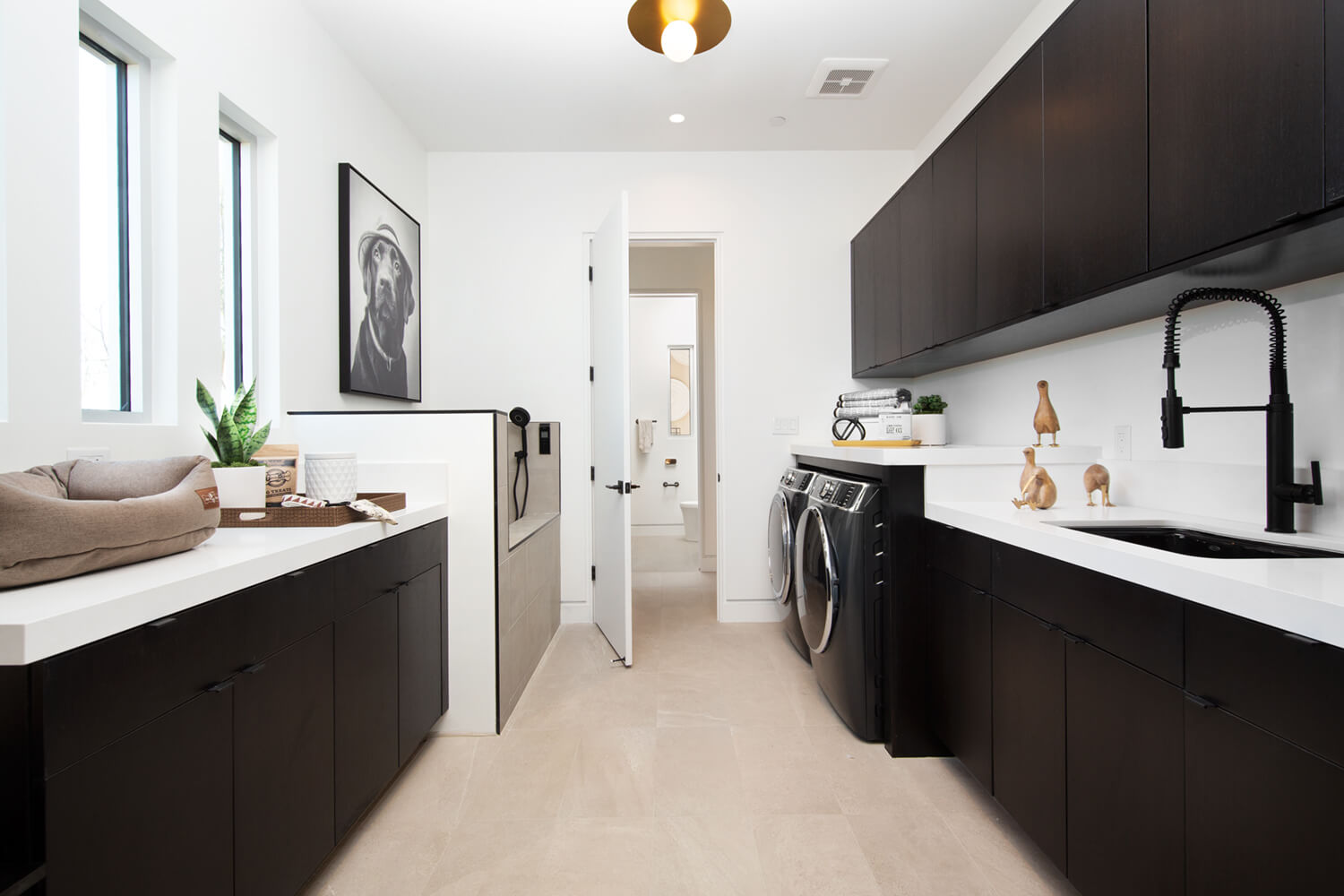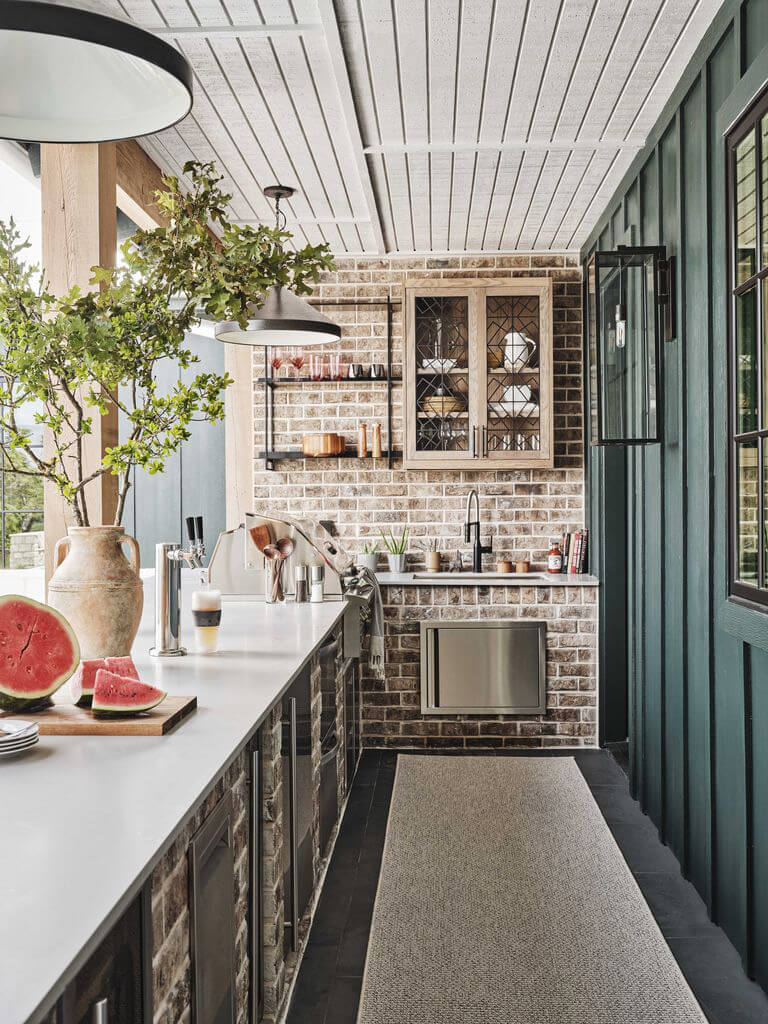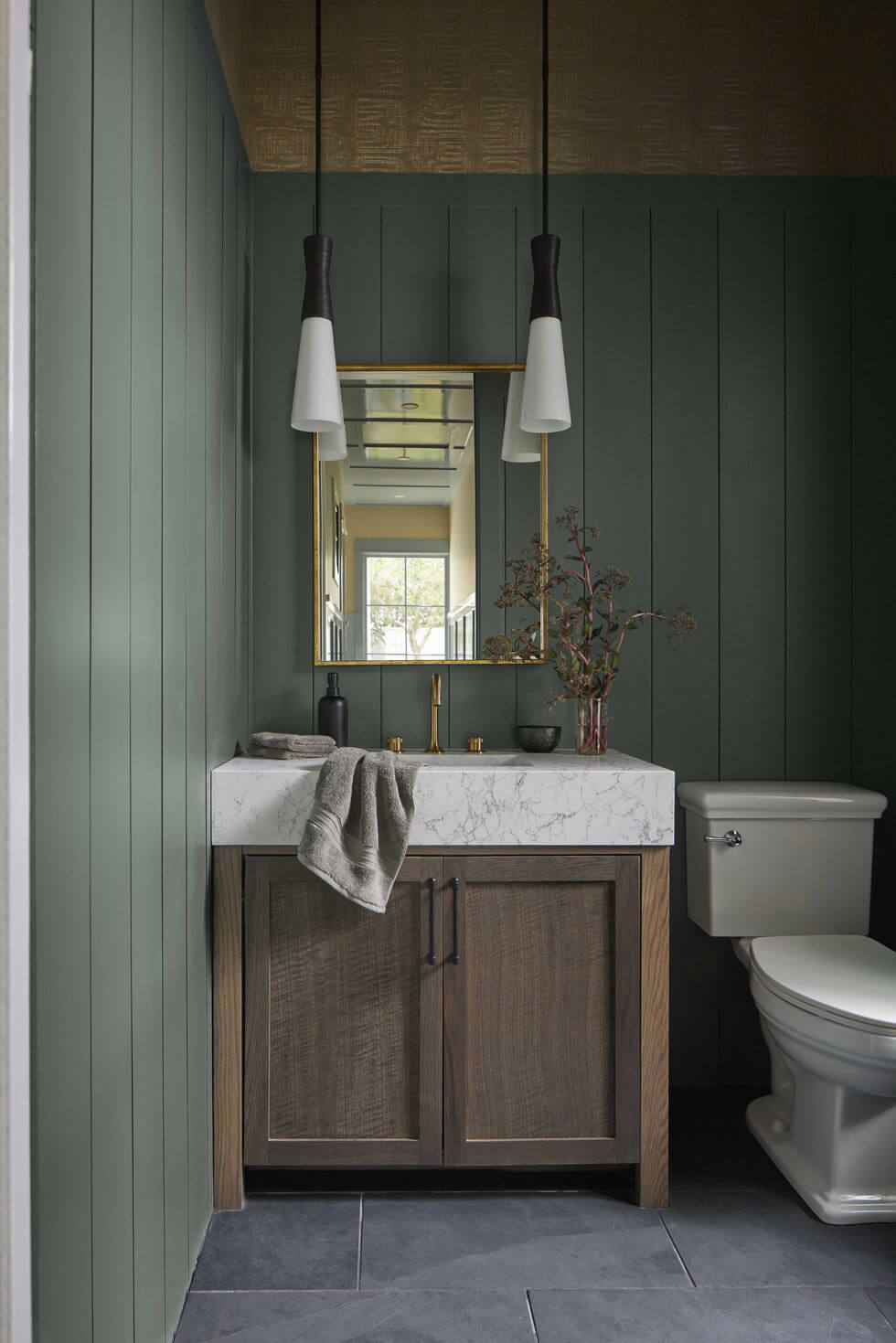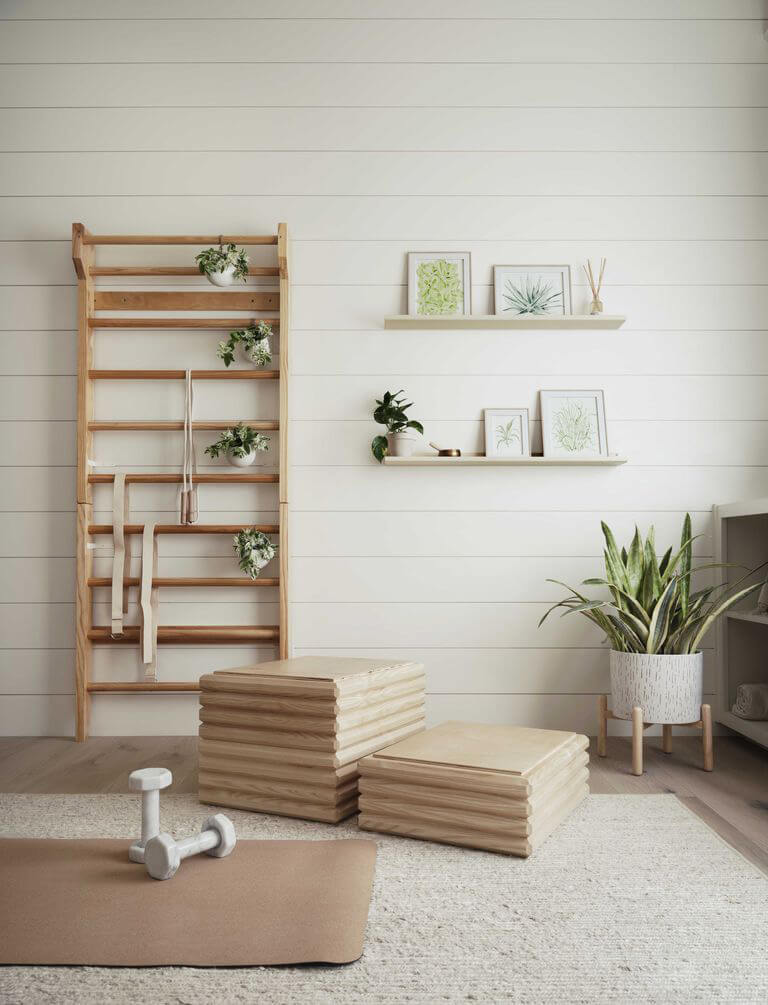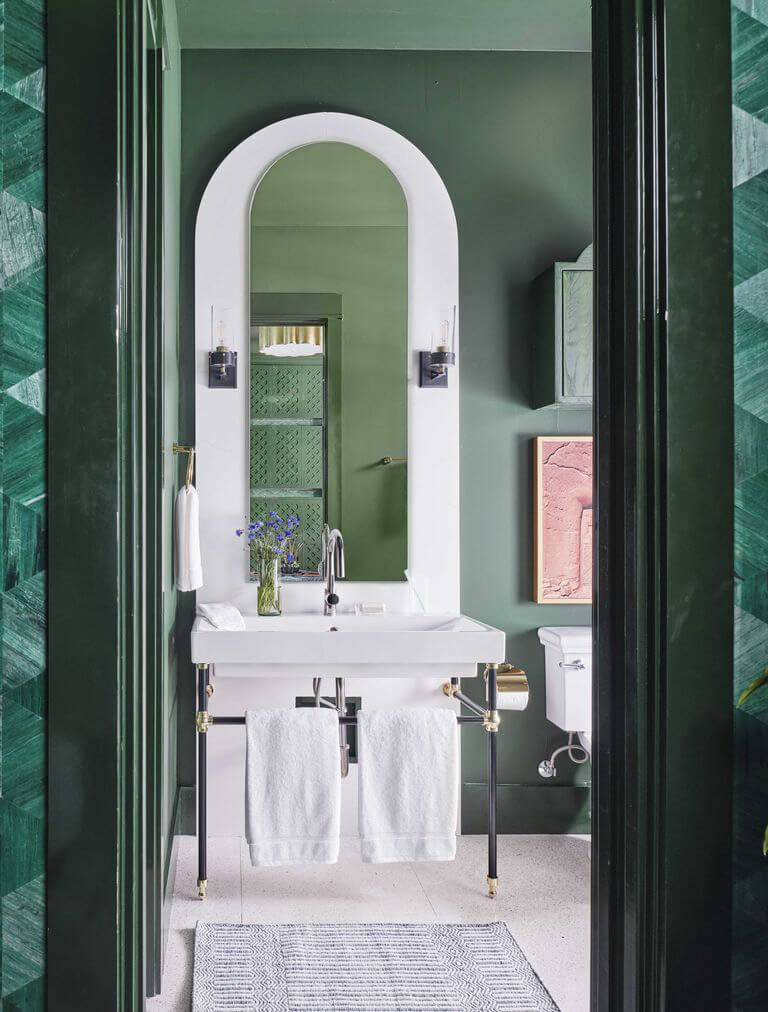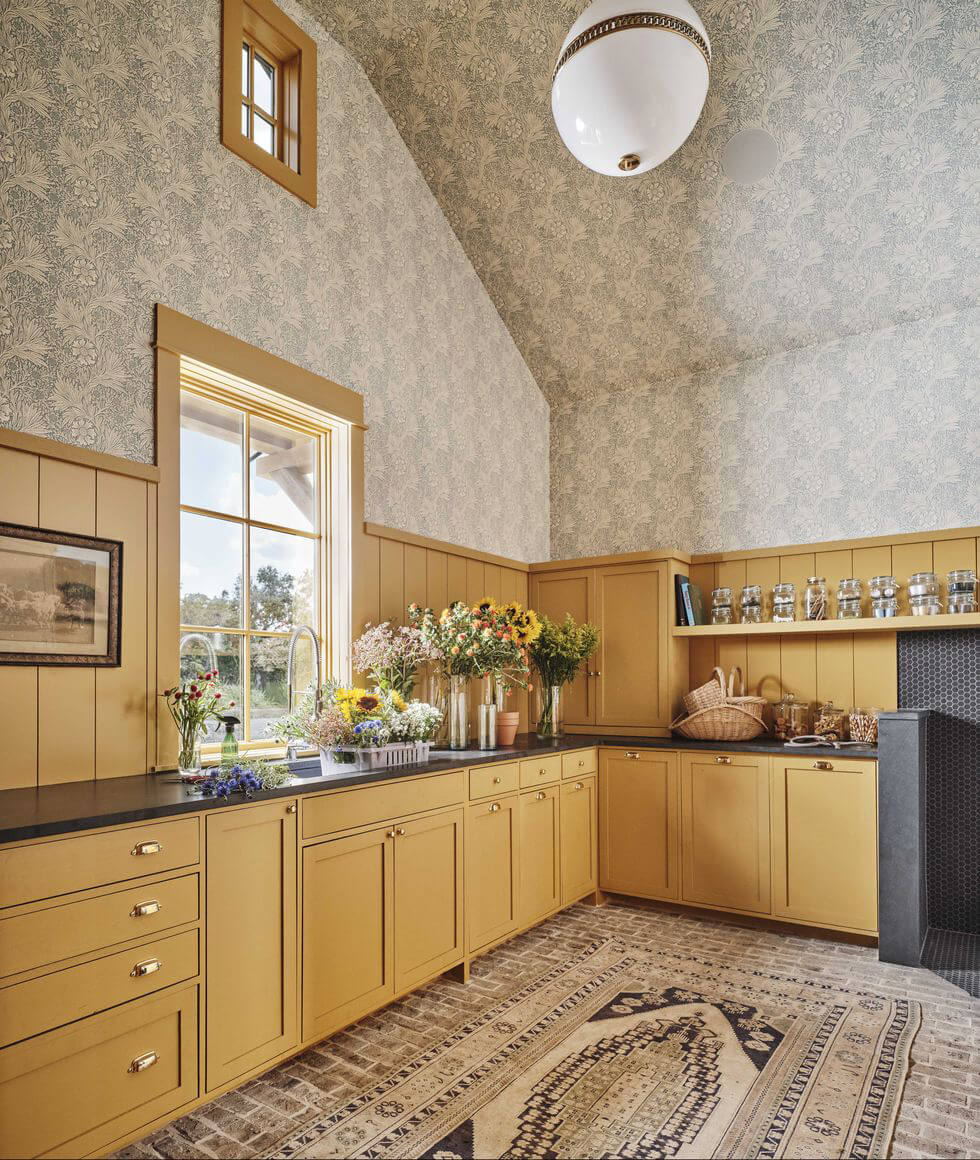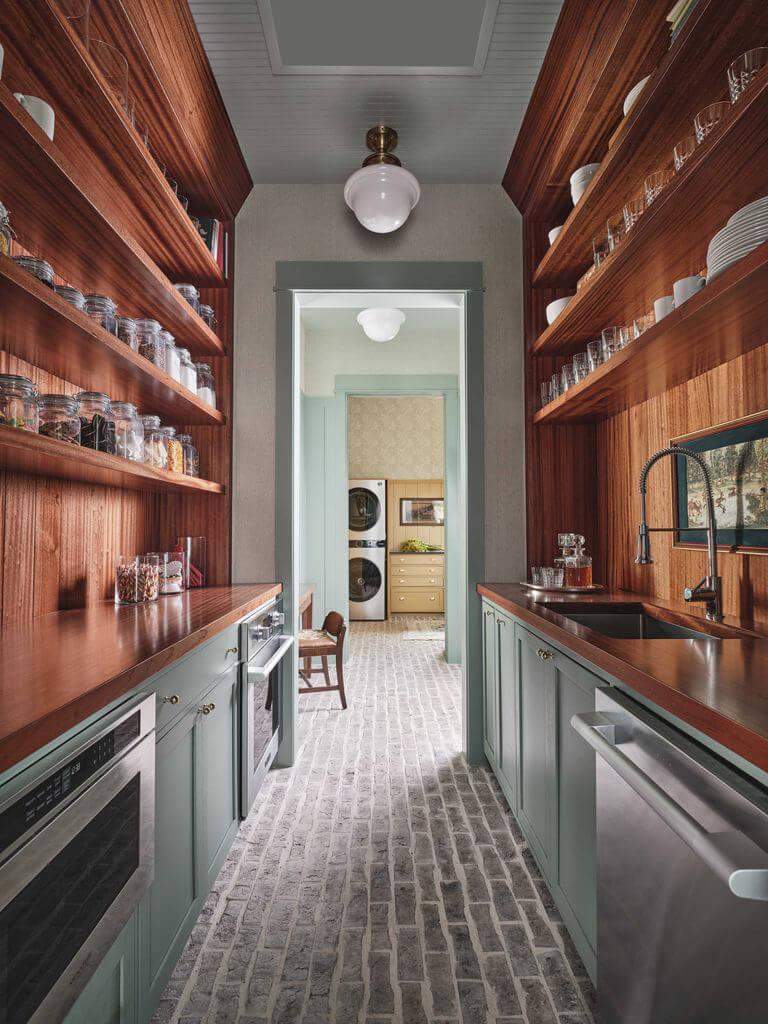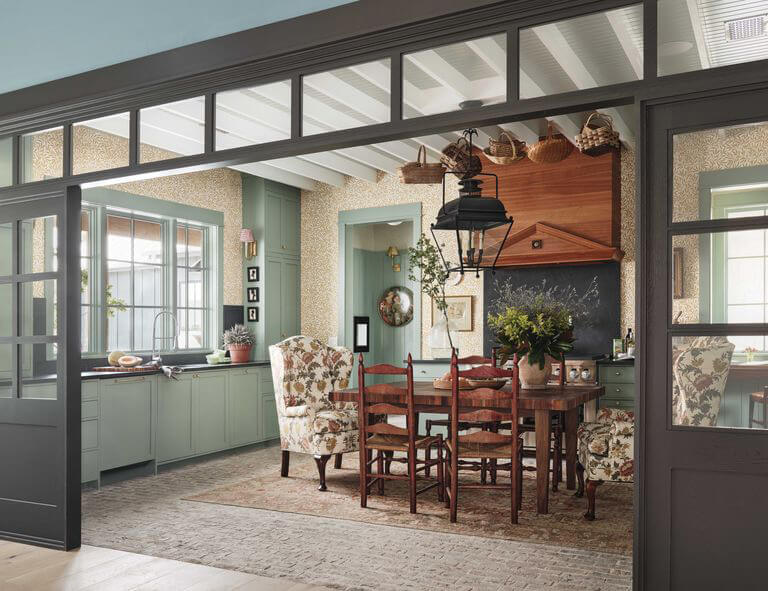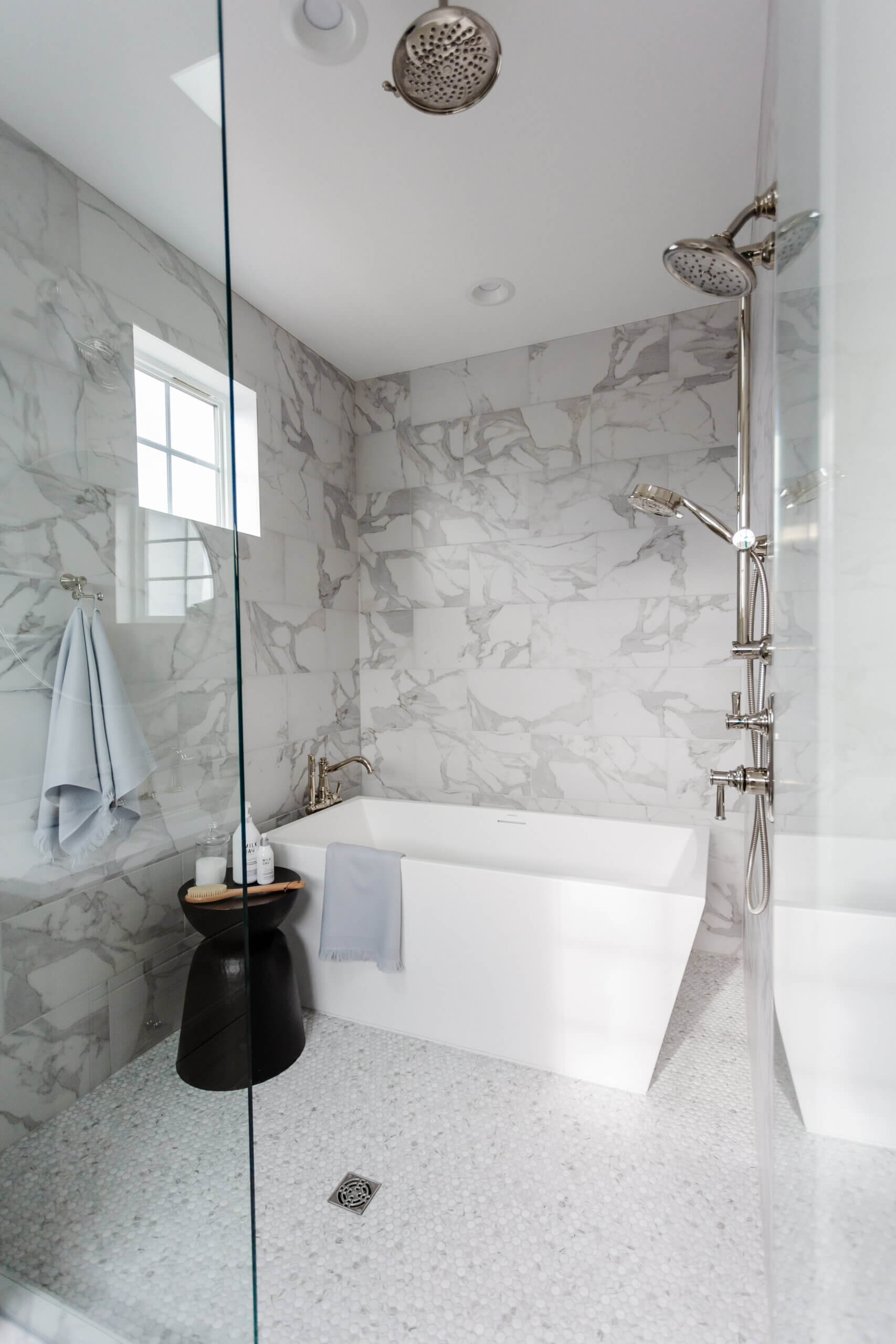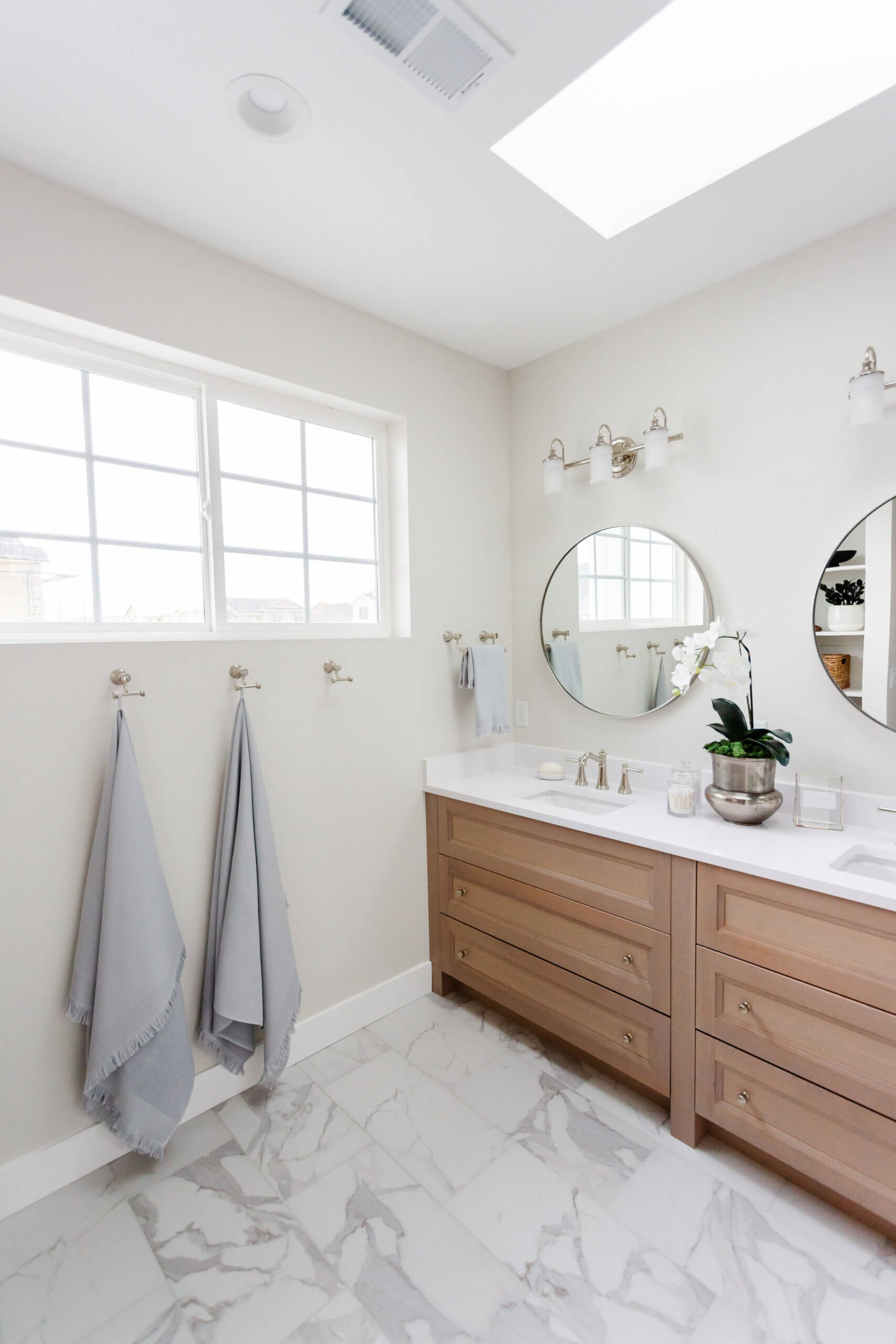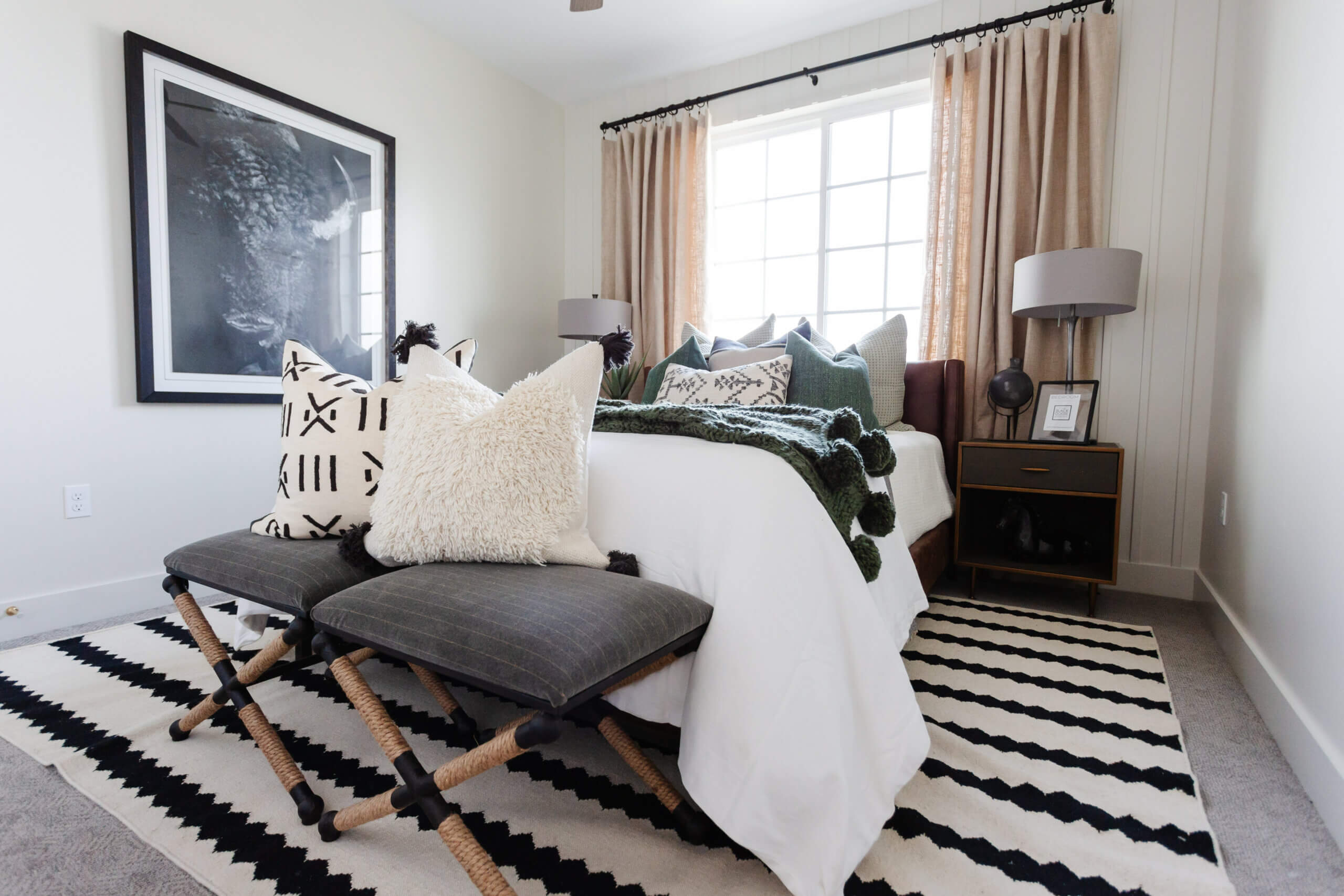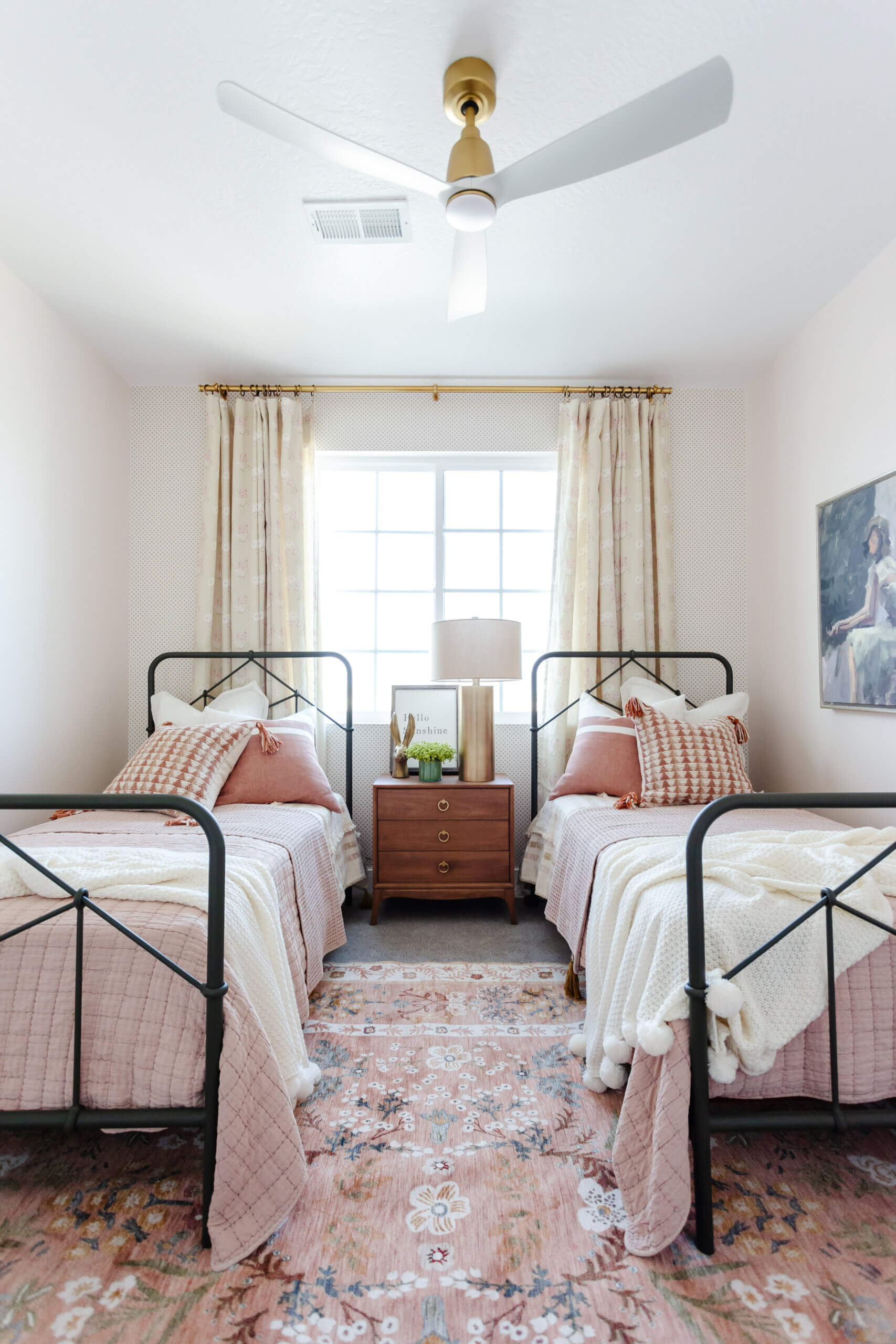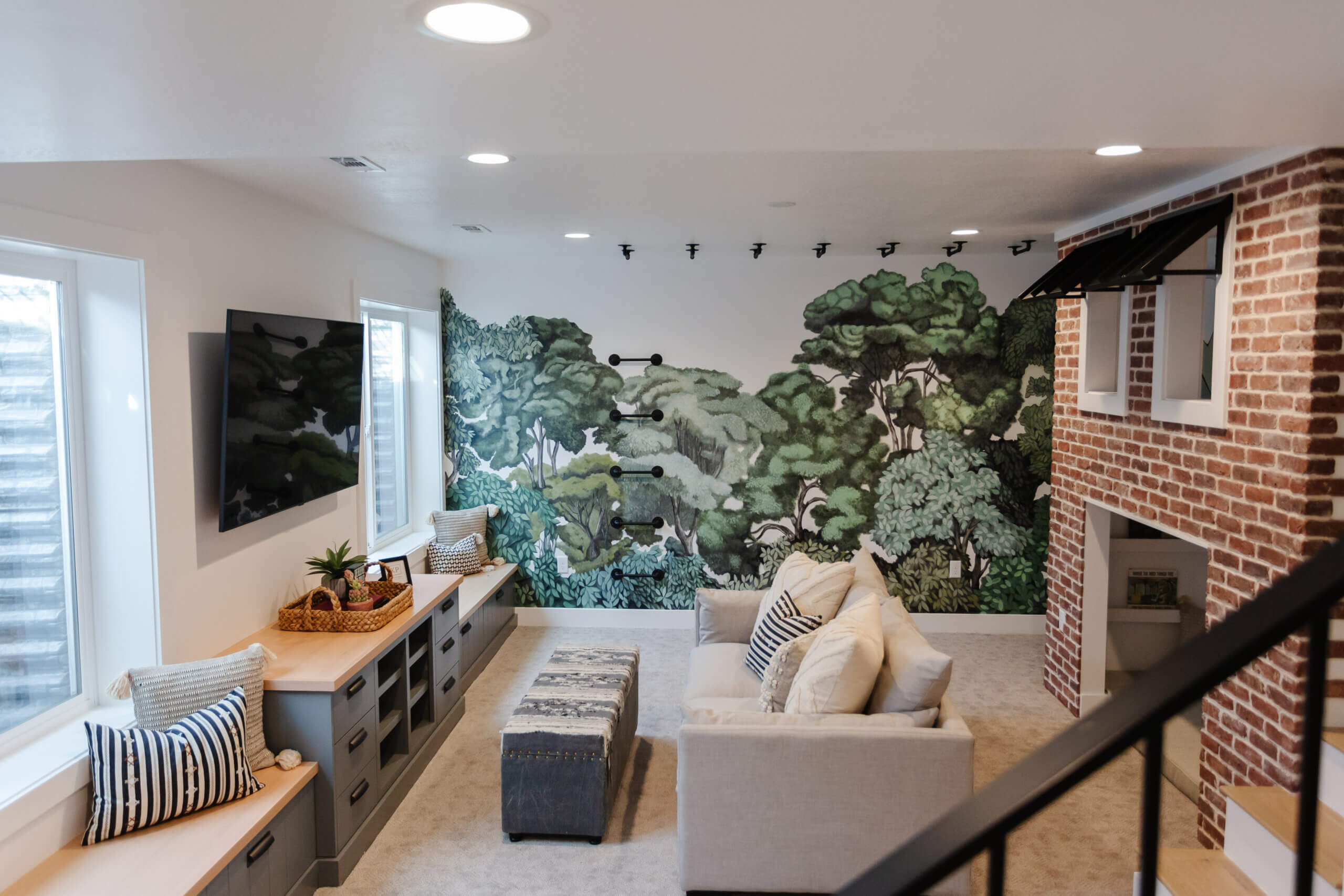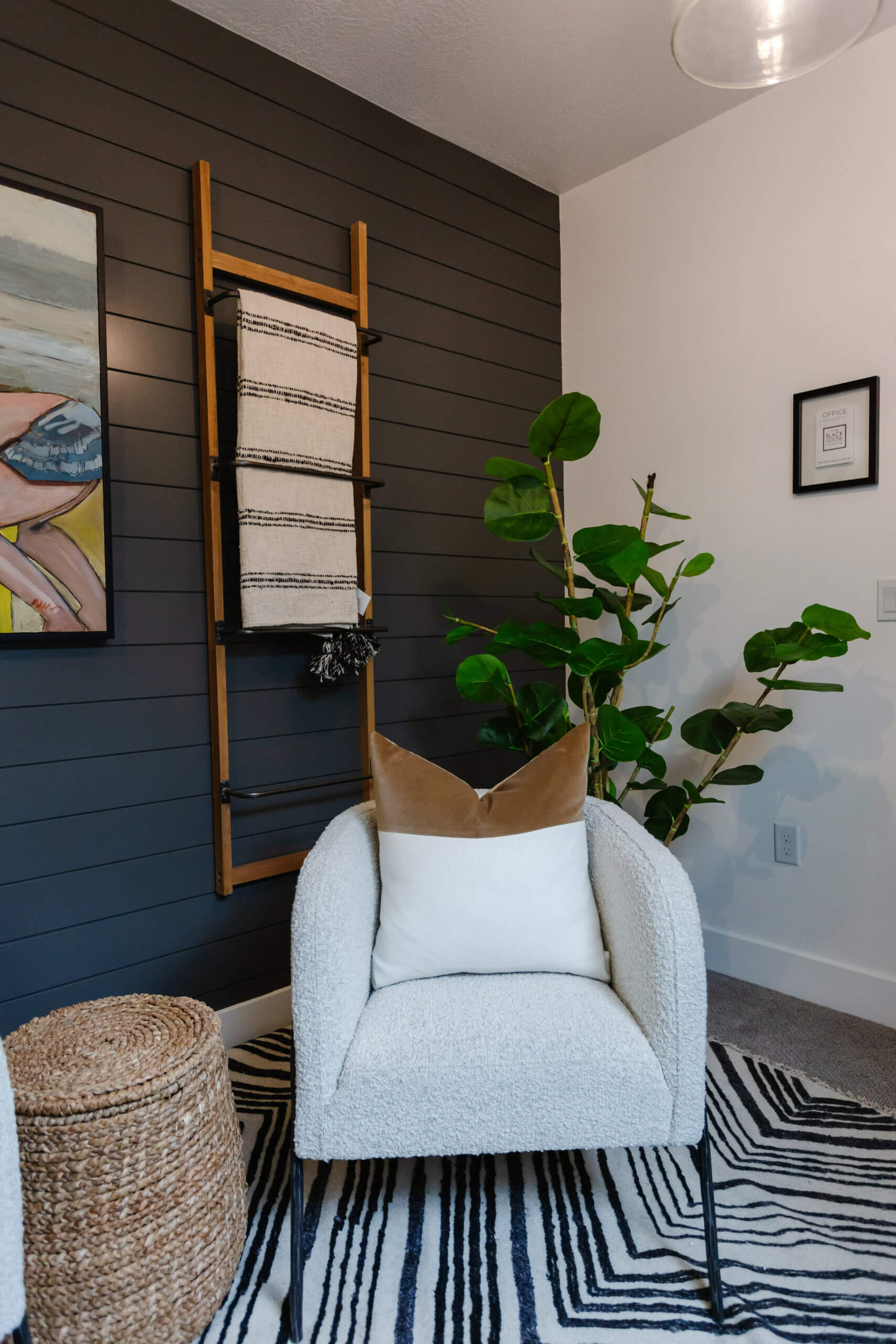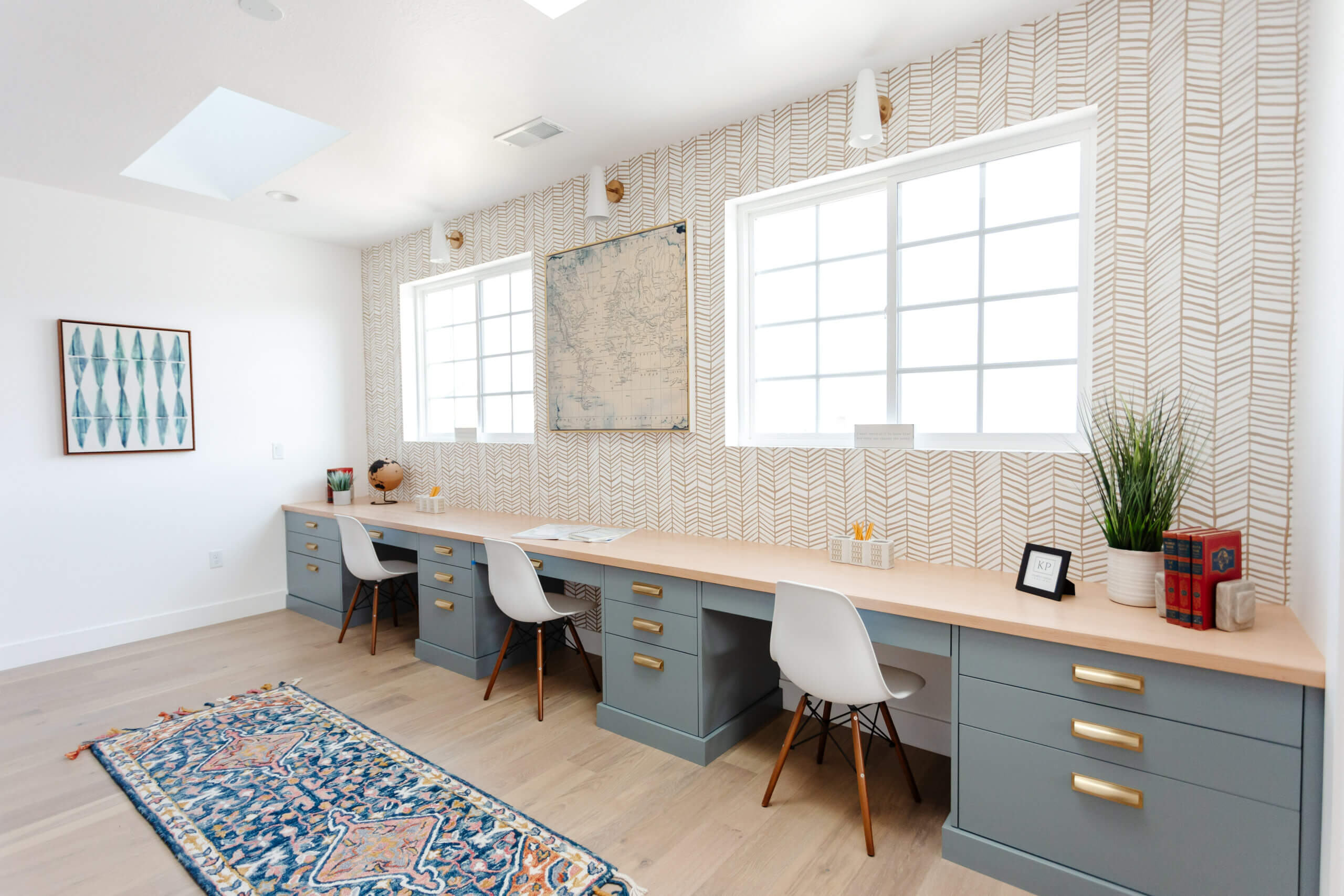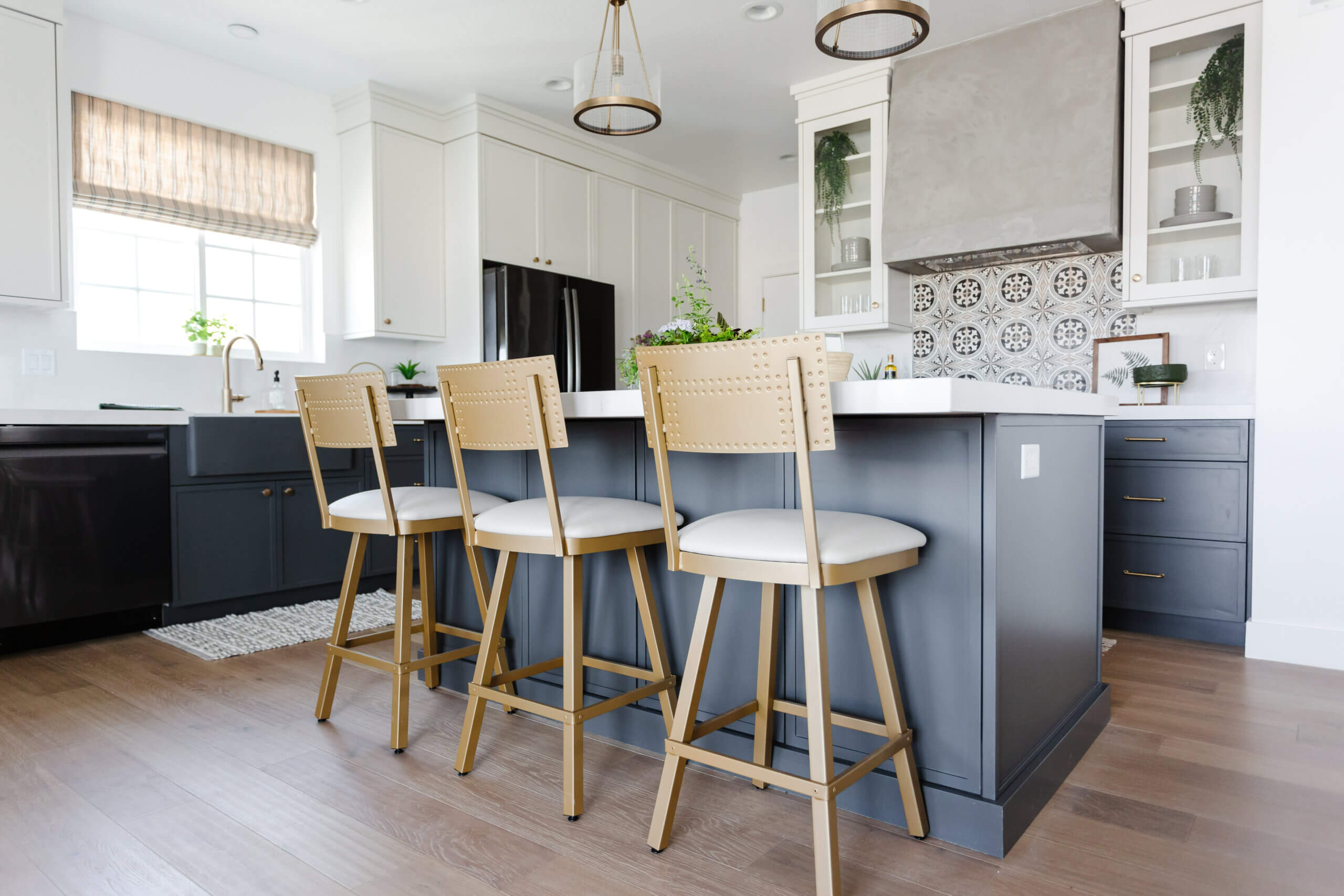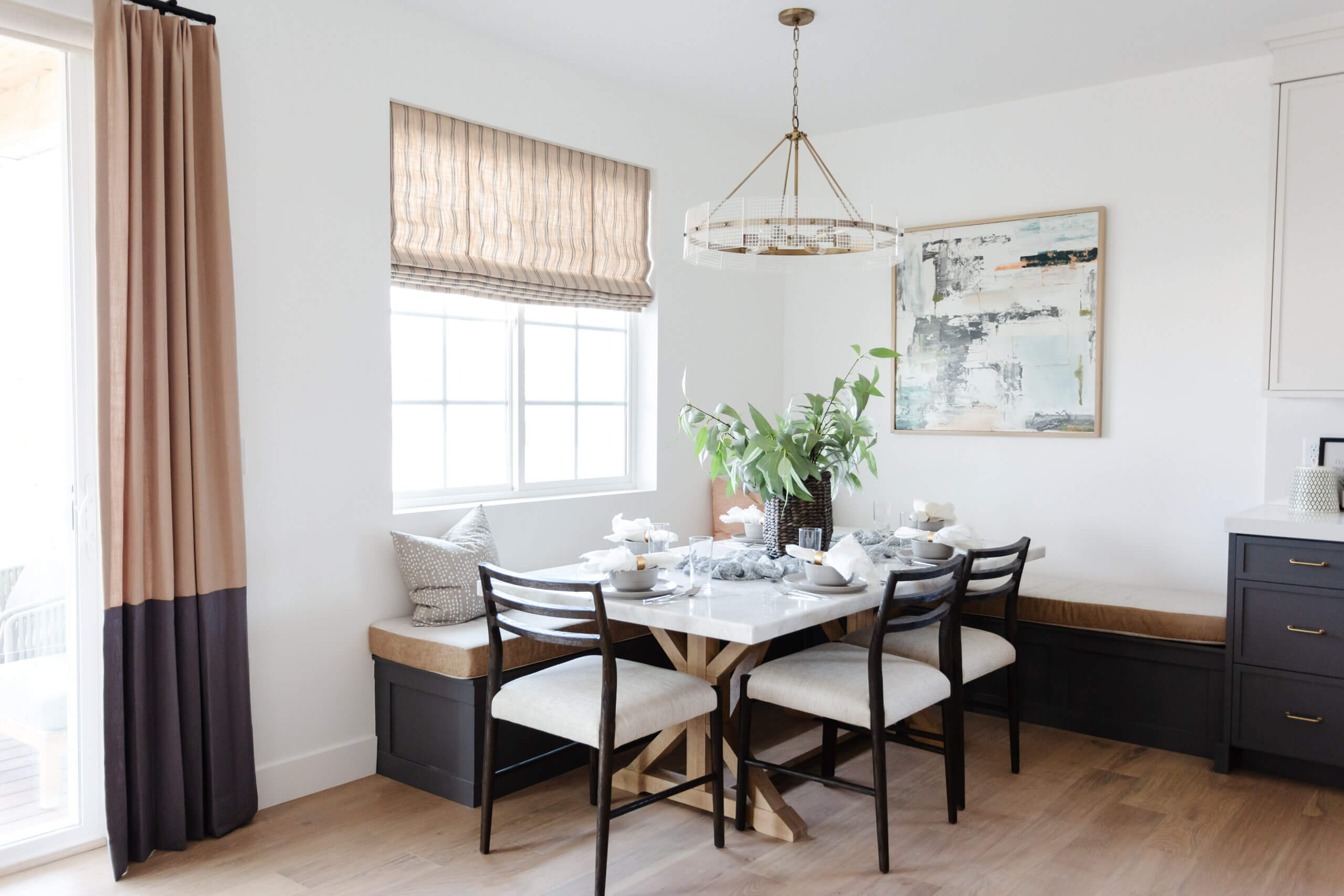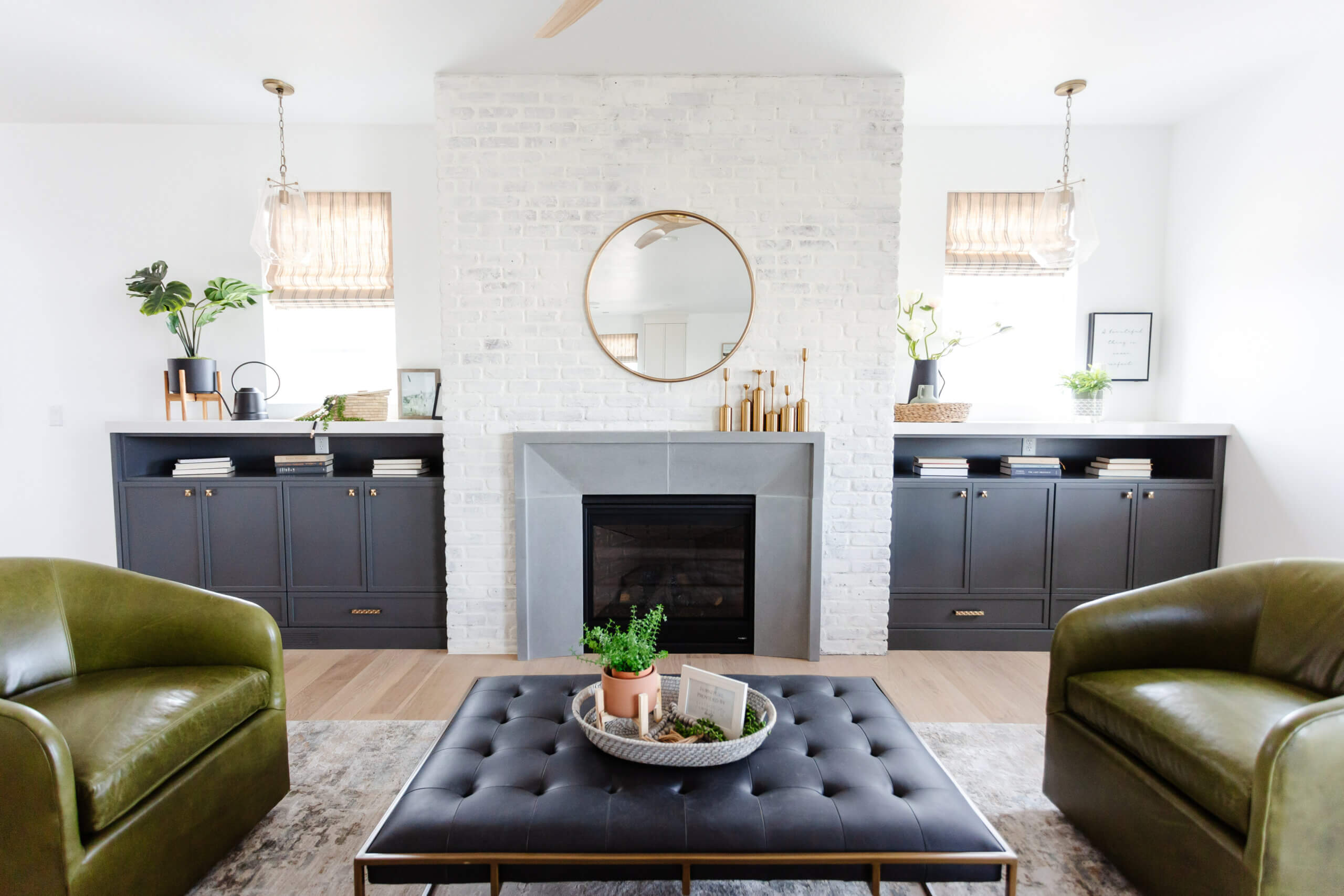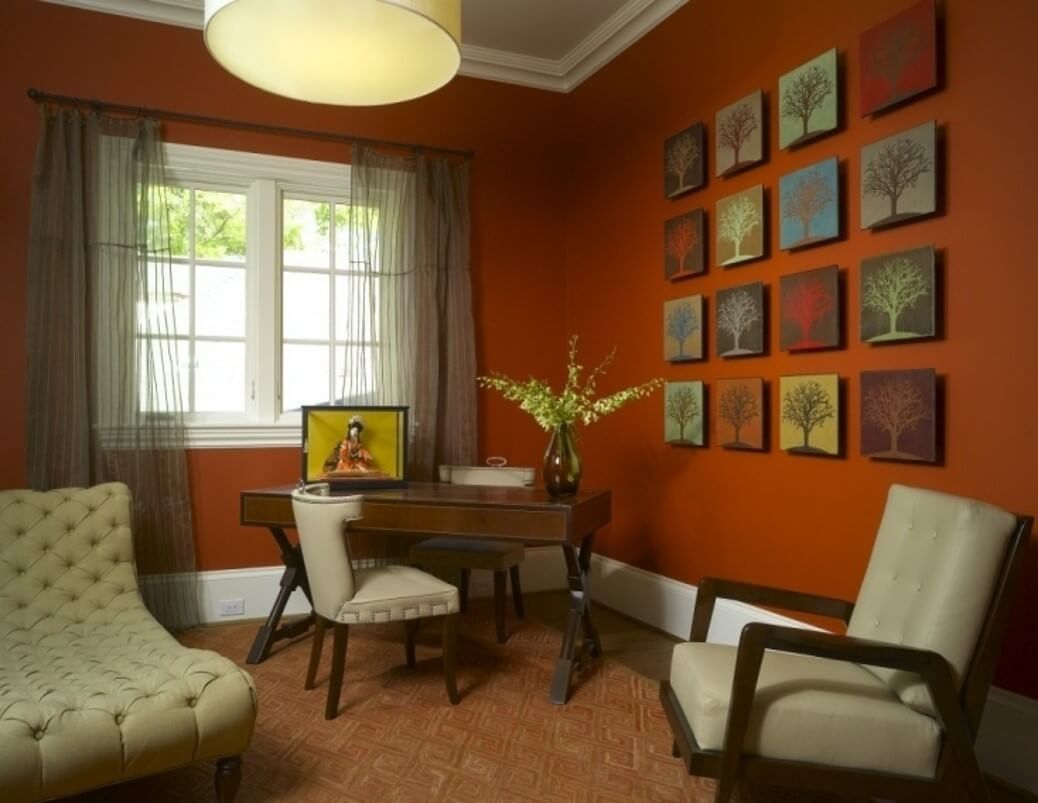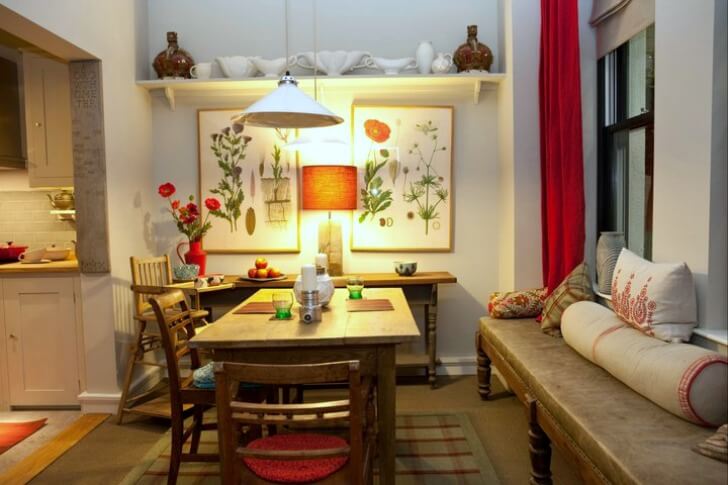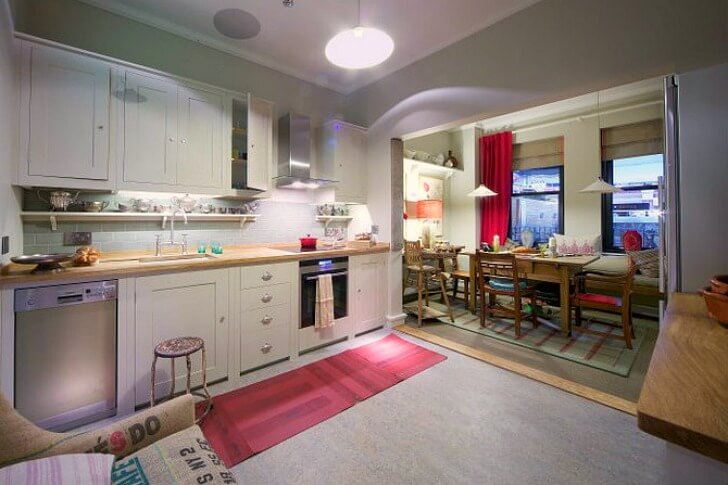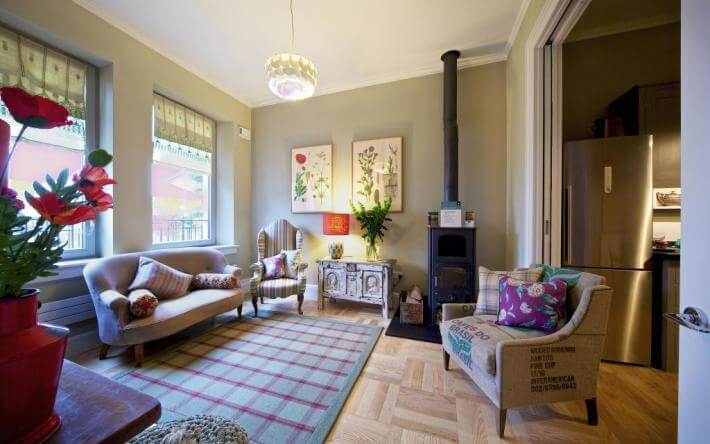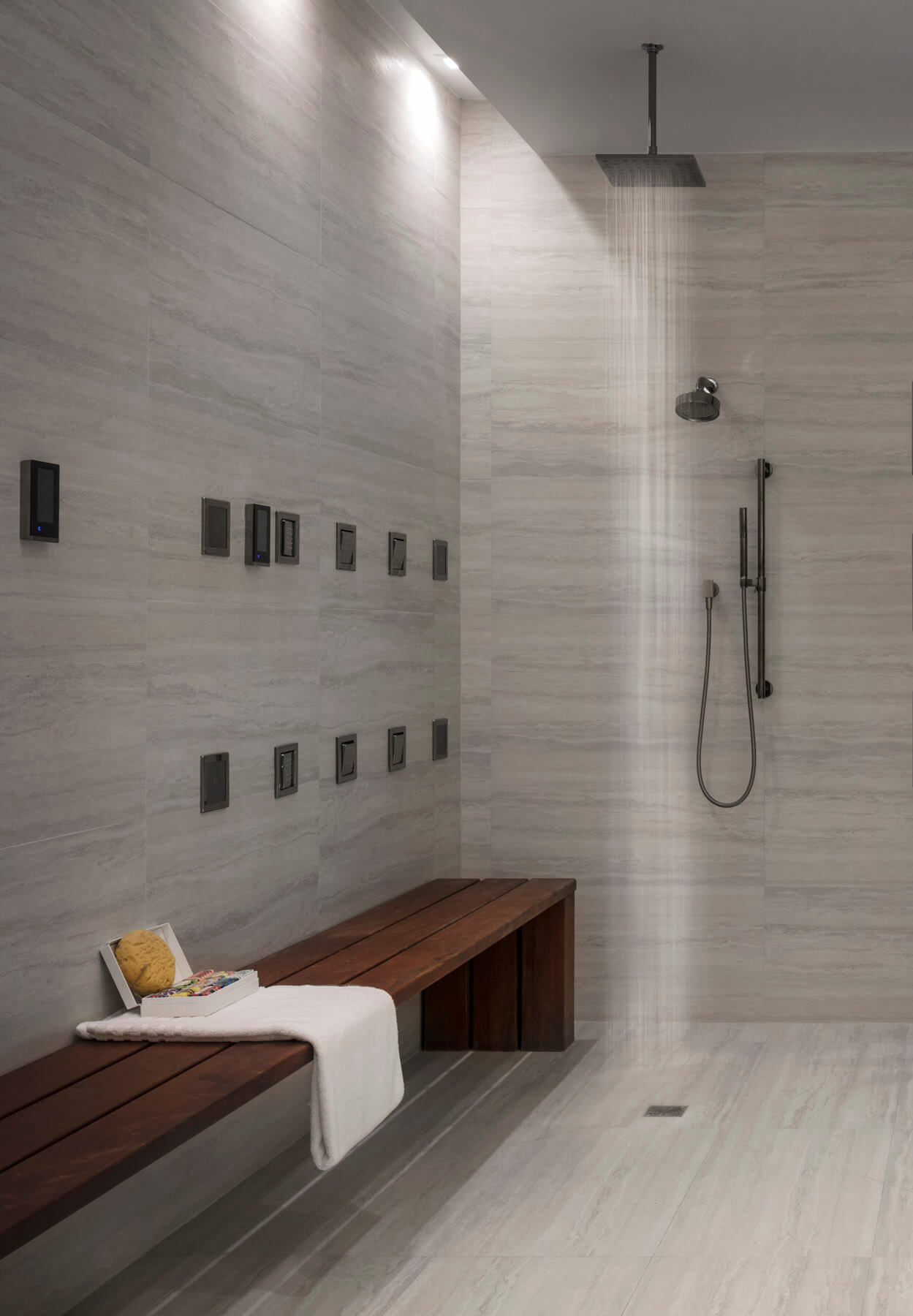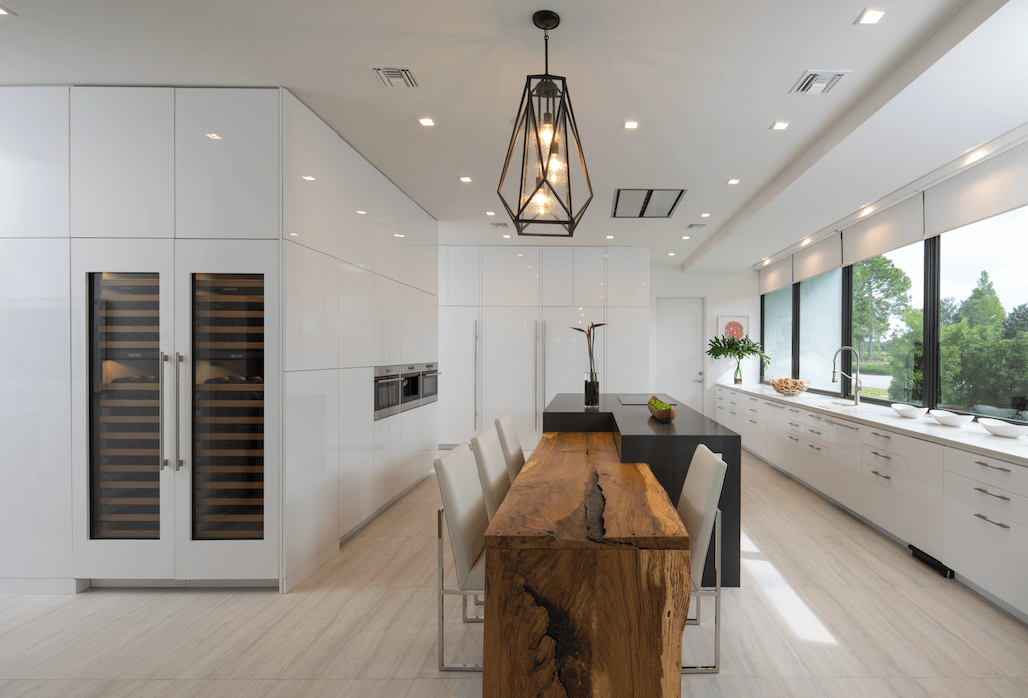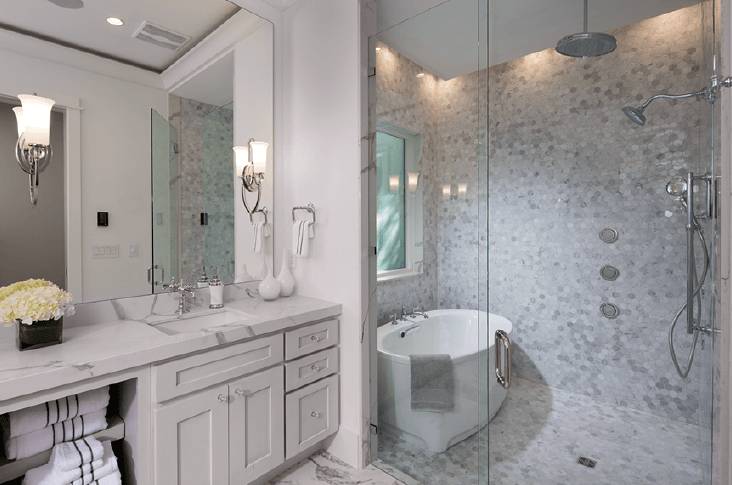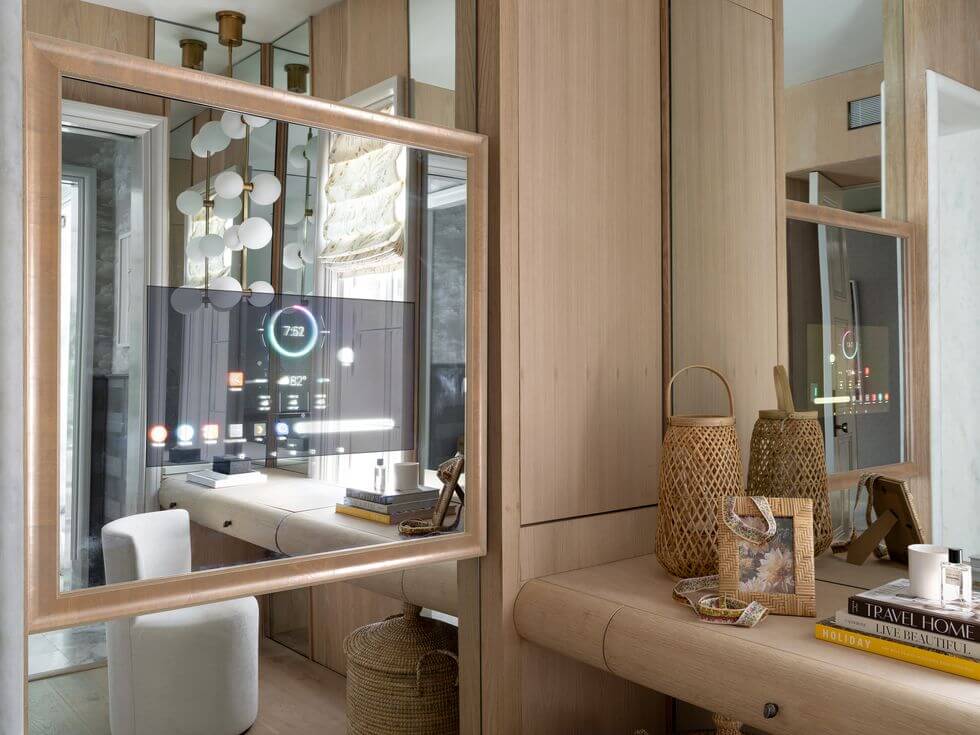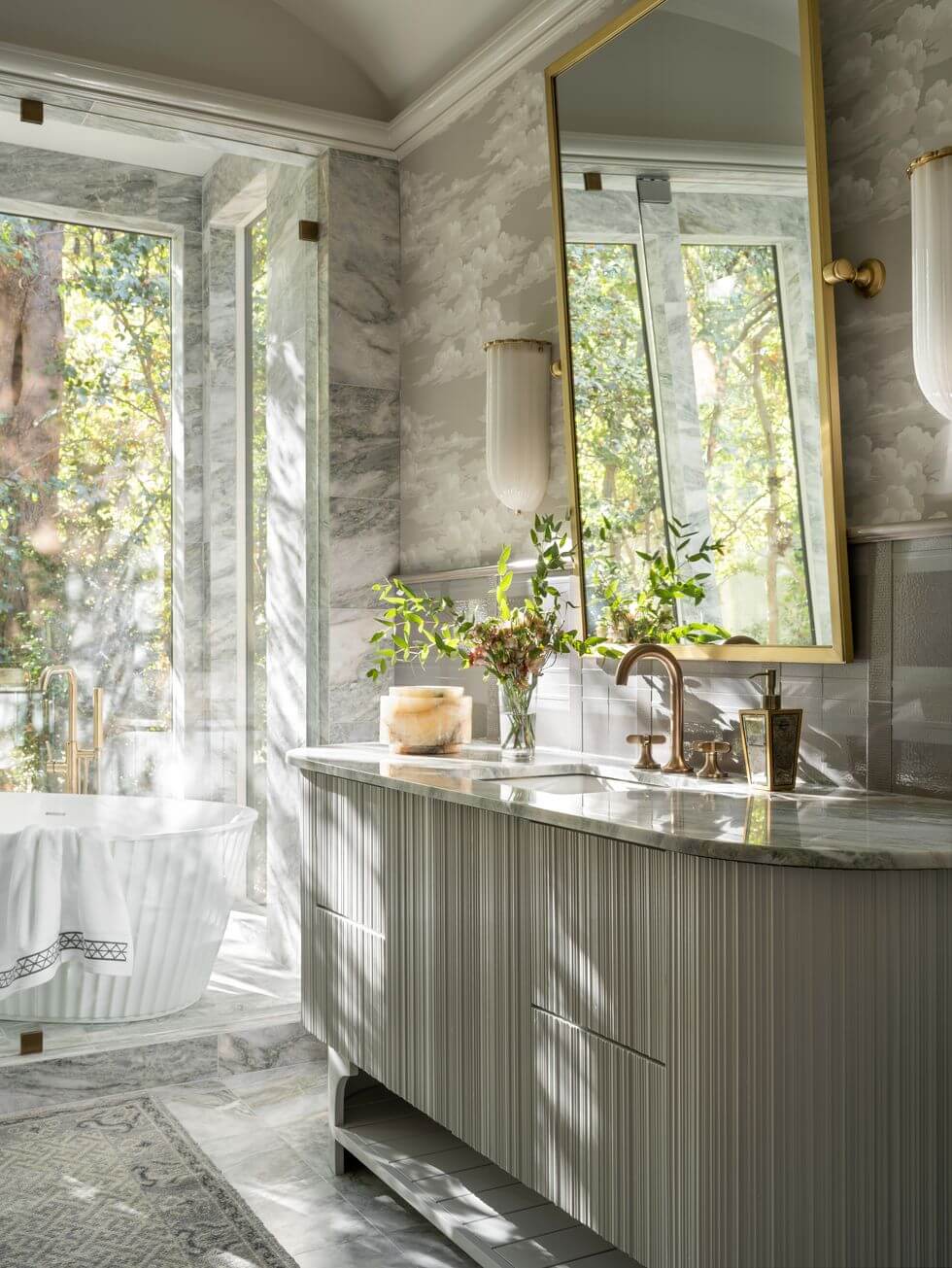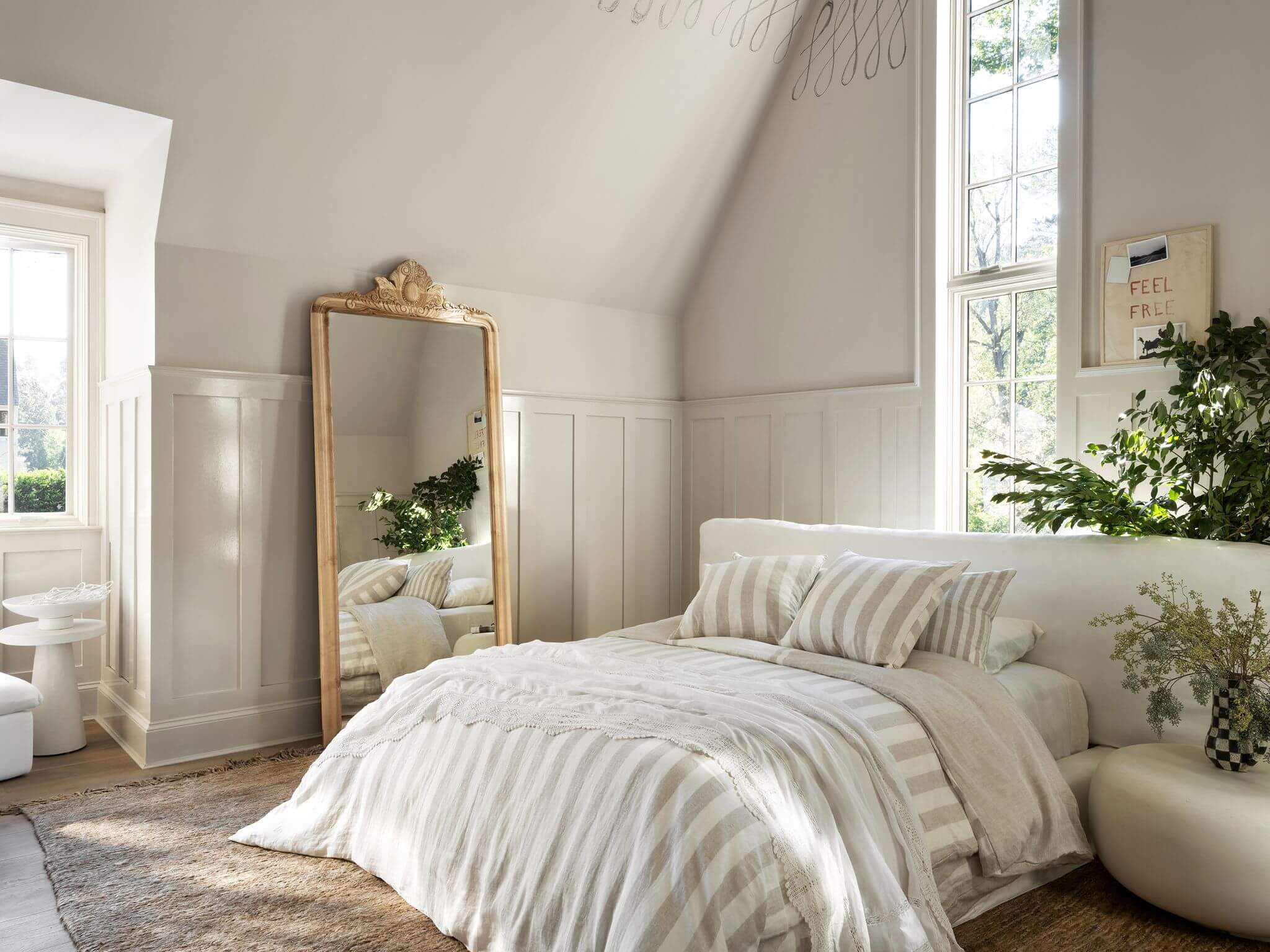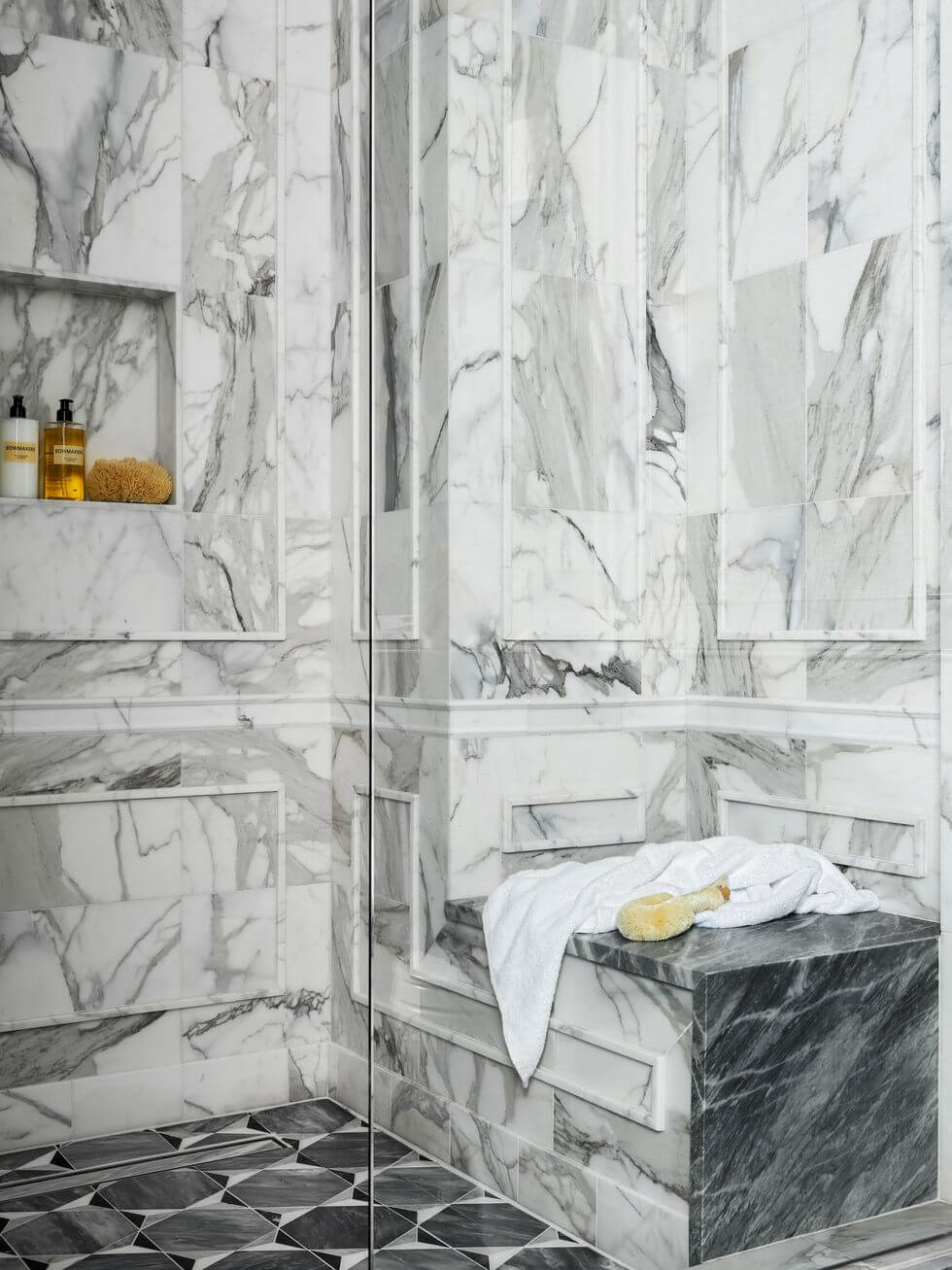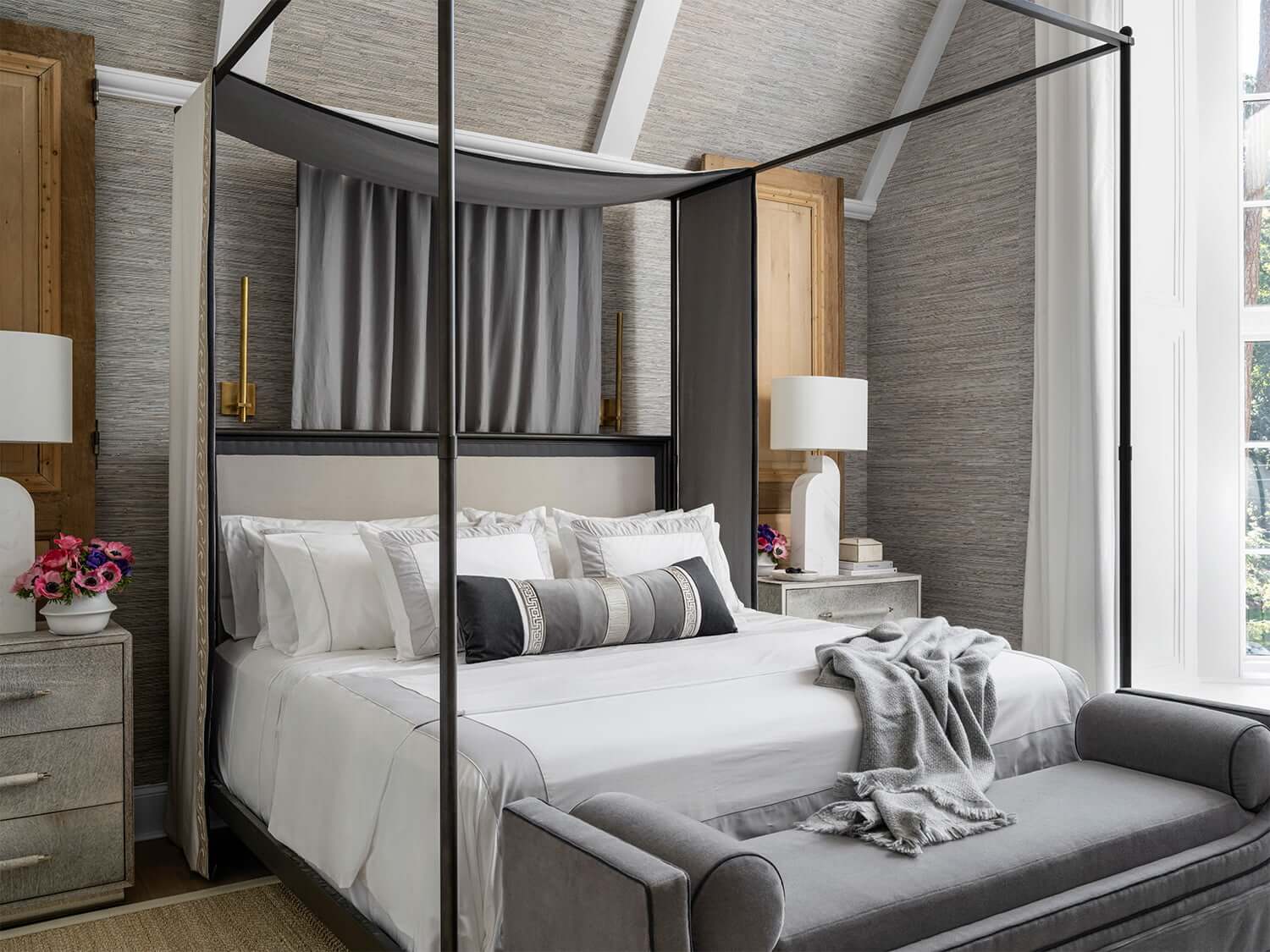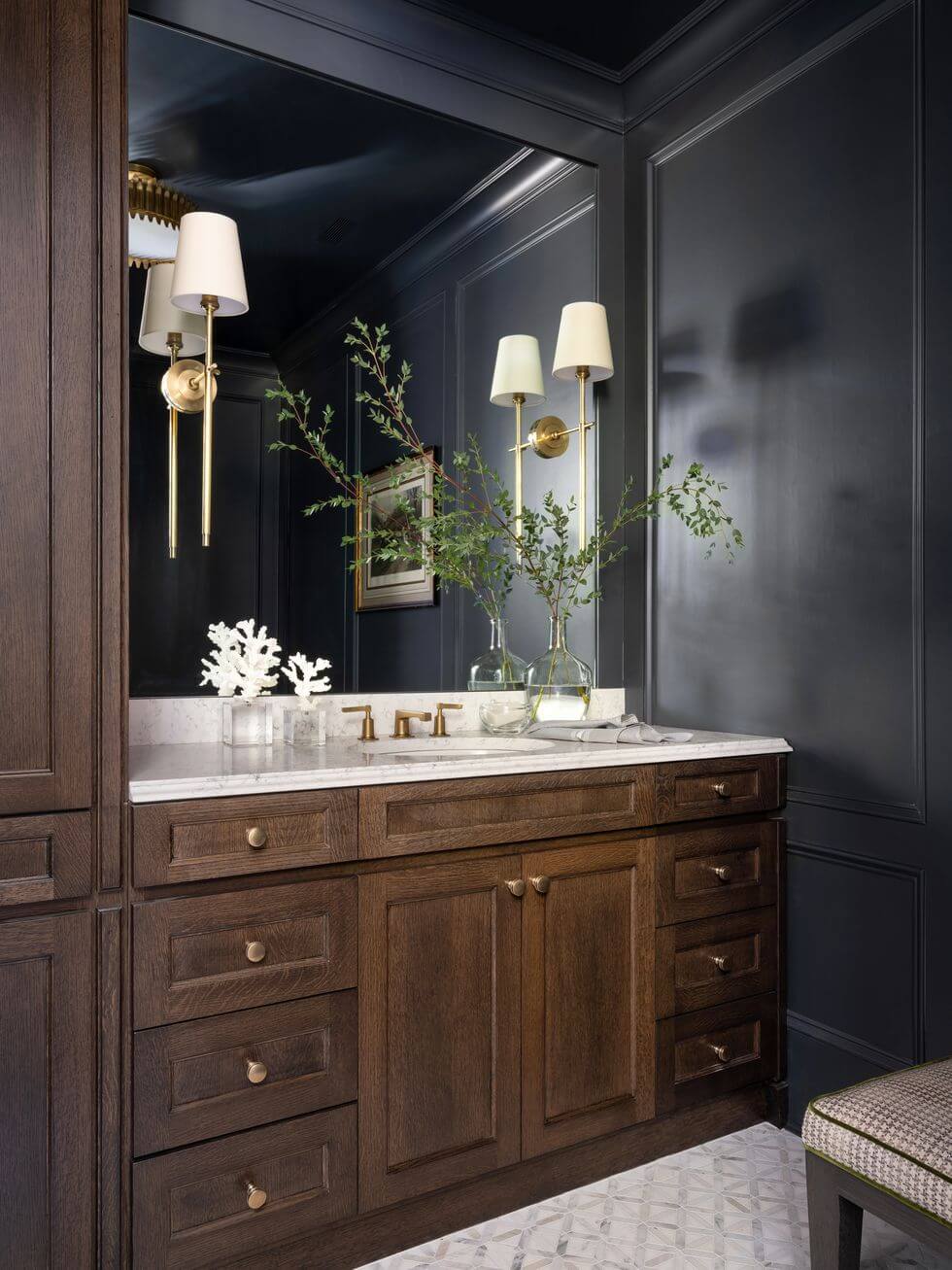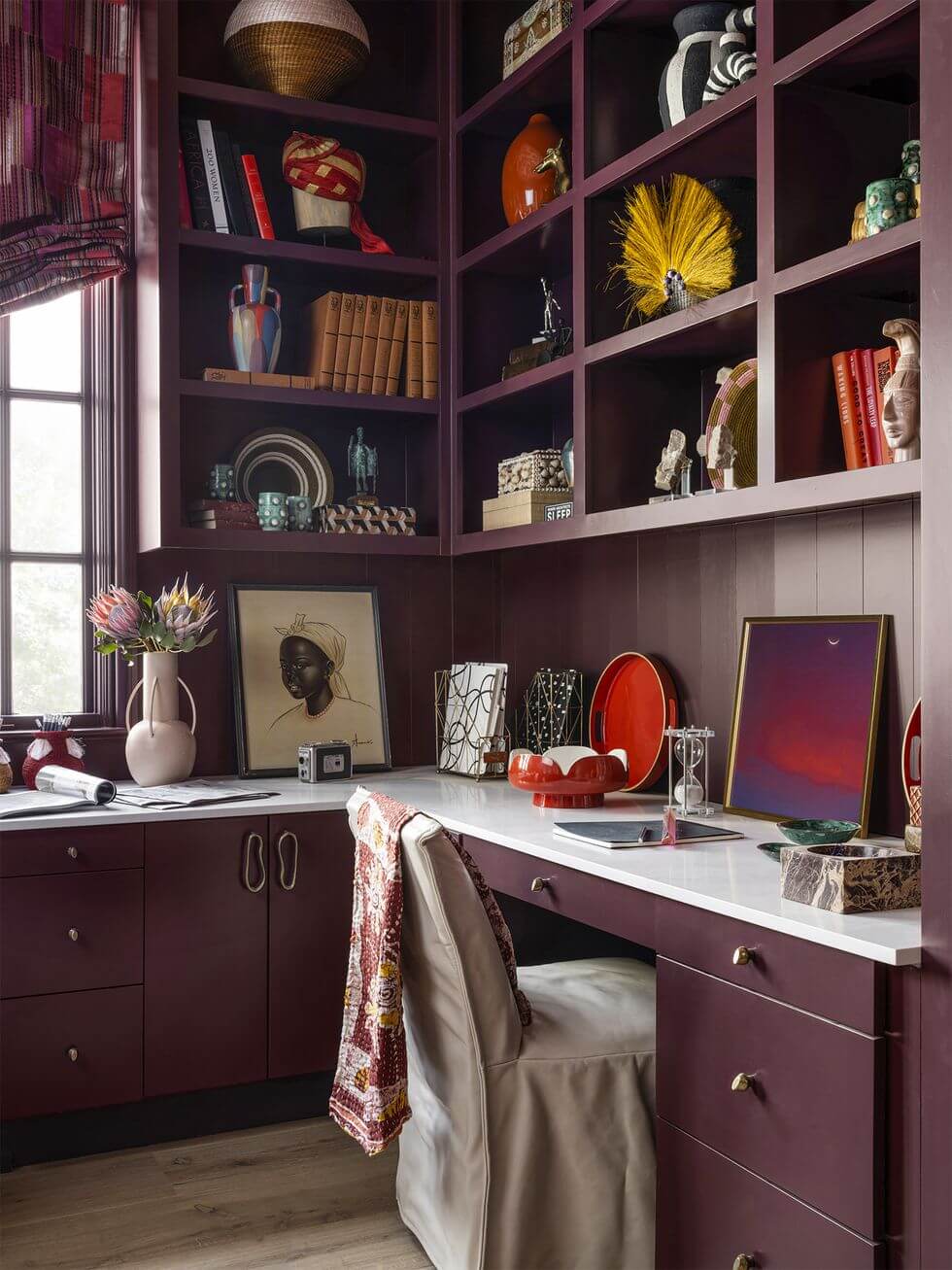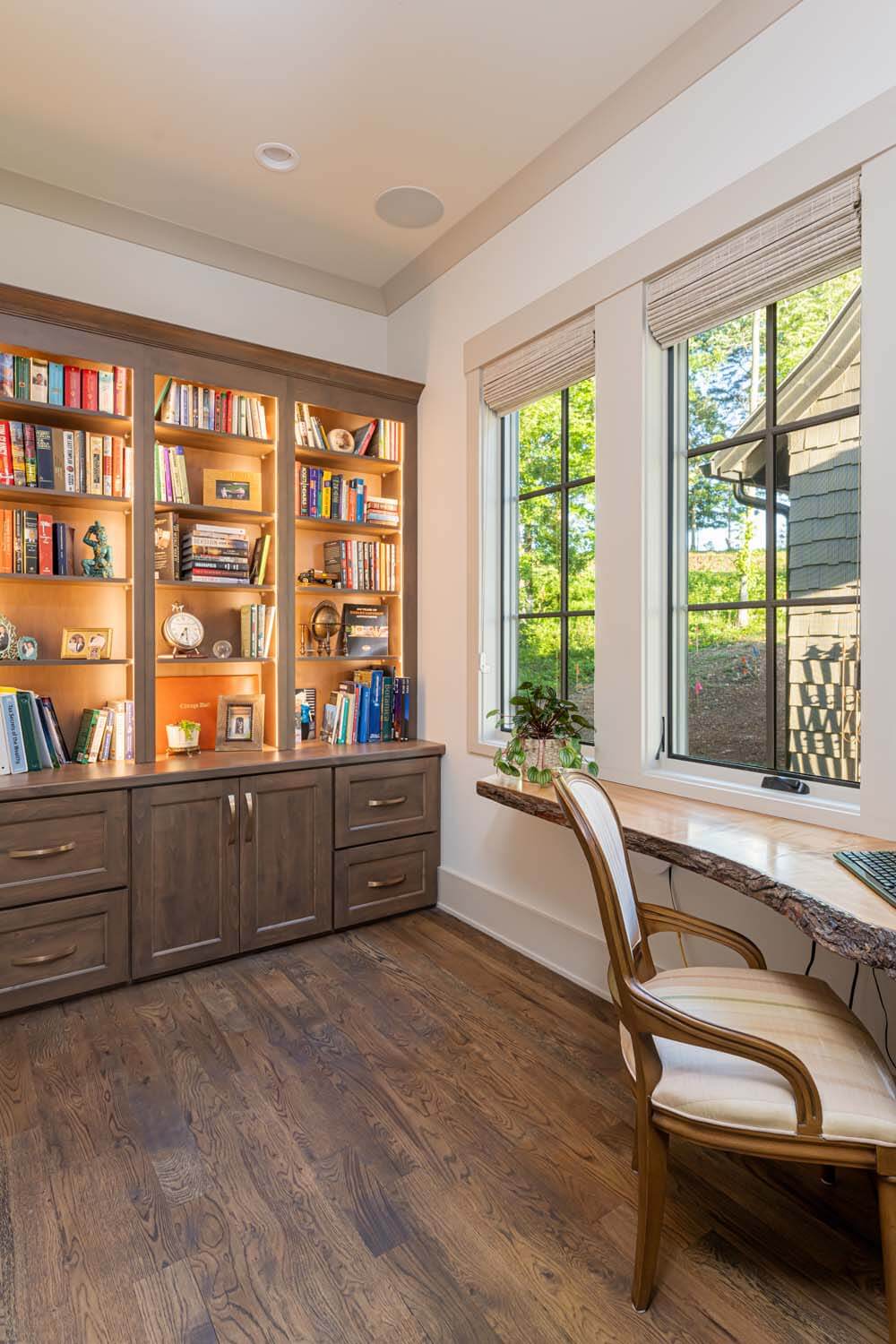Yikes! Indoor air is more polluted than outside.
Since the pandemic, you’re spending more time indoors than ever before. This introduces new health problems: surprisingly, the number of pollutants you’re exposed to inside your home can be up to five times higher than outside.
If you need heartfelt advice on how to practice self-care during this time, read our tips from doctors, nutritionists, and healers. And while you rediscover the great indoors, here are our tips to detox your home, energize your body, and help you thrive inside.
1. Purify the Air
“Most people think of pollution as an outdoor problem,” says Deborah DiMare founder of DiMare Design, an interior design firm specializing in vegan, cruelty-free, non-toxic, and sustainable interiors. “But indoor pollution may be even more dangerous.”
Andy Graham, CEO of Alen Air Purifiers states, “Newly constructed homes and apartments have small rooms that are difficult to air out, toxic furniture that off-gases can certainly contribute to an air purity problem. And cleaning air indoors isn’t as simple as turning on a fan or opening a window. You need a lot of air circulation to capture pet dander, dust, mites, pollen, and mold – just a few of the irritants that may lower your immune system. That means an air purifier strong enough to move enough air to clean it.”
To learn more, read our guide to to the best air purifiers, and who really needs one. Having a dedicated air purifier in each main room that runs 24/7 may contribute to better sleep, diminishing allergy symptoms, and improved overall health.
2. Breathe in Aromatherapy
Kathy Sadowski, MS in Aromatherapy and Registered Aromatherapist, suggests using organic aromatherapy oils as a natural mood booster to combat anxiety, stress, depression, or melancholy.
“When we breathe in an aroma,” she says, “millions of olfactory receptors in our nose pick up the scent and send the information to the limbic system our brain. This causes an emotional reaction. The scent is then delivered to the hypothalamus of our brain, which affects hormones and regulates bodily functions. Within seconds, the scent can calm our blood pressure, breathing rate, and perception of pain our stress.”
To induce feelings of happiness, Sadowski suggests Bergamot, Cinnamon, Grapefruit, or Lemon. For a calming sensation, try rose, pine, lavender, and chamomile. Diffuse scents in 15-minute increments. As a precaution, Sadowski advises avoiding aromatherapy around small children and pets. If you have a medical condition, consult your medical practitioner.
3. Clean up Cleaning Supplies
While indoors, cleaning supplies may expose us to more pollutants than we want to admit. That’s why it’s crucial, especially now, to “clean green” and use non-toxic cleaning supplies like Branch Basics. The starter kit is perfect to clean your entire house, and its concentrated formula lasts for months. To vet the purity of your cleaning products, Marilee Nelson, environmental consultant, and co-founder of Branch Basics suggests researching them on Think Dirty and Skin Deep.
4. Detox Your Bedroom
Deborah DiMare advises to ditch formaldehyde-laden “wrinkle-free” sheets, which may cause respiratory issues, and replace them with organic cotton or bamboo bedding. Swap out pillows with synthetic stuffing or memory foam that may off-gas benzene, and replace them with non-toxic options such as kapok, organic cotton, or 100 percent natural latex stuffing. She also advises checking EWG’s “Global Organic Textile Standard” (GOTS) certification to ensure you’re sleeping on the softest, toxic-free bedding.
Jillian Pritchard Cooke, Founder of Wellness Within Your Walls, a globally-recognized health and wellness building standard, emphasizes choosing a mattress constructed of two-inch organic latex with eight-inch encased coils, 11 inches of non-toxic bedding wrapped in wool (a natural flame retardant), and a layer of organic cotton batting for comfort. She also reminds us to remove electronics in the bedroom to reduce EMIs. Consider adding an EMF meter to your nightstand!
5. Get Better Sleep
If stress and uncertainty keep you up at night, help is here. Dr. Bob Rountree, MD and Chief Medical Officer of Thorne, suggests keeping your bedroom at 65 degrees, the ideal temperature for sleeping. Also, limit screen time before bed. The blue light can delay the release of natural melatonin, which tells your body it’s time to go to sleep.
If you still need help, Thorne’s PharmaGABA can promote a calm state of mind and restful sleep. Take supplements 30 to 60 minutes before you want to drift off.
6. Try Plant Therapy Design
“Plants can help reduce stress and create a feeling of well-being while improving air quality and lowering background noise,” says Laura Burns-Lambert, Sensory Designer for Ambius. Not only do plants reduce carbon dioxide levels, she adds but also they increase humidity, and reduce airborne dust levels.
To create an indoor sanctuary, Burns-Lambert suggests trailing plants, such as Philodendrons, that are visually calming and great for indoors. Or choose the broadleaf Spathiphyllum, which not only cleans the air but also helps lower background noise. If you lack a green thumb, opt for the gorgeous yet easy to care for Dracaena. The pretty ZZ Plant thrives with little water in low-light environments.
7. Put Fitness First
Jillian Michaels, health and fitness expert and creator of The Jillian Michaels Fitness App says, “Bottom line, don’t let anything stop you from working out at home!” With gyms closed, you can still get an invigorating workout with little or no equipment.
First, Michaels says to dedicate a 7-by-7-foot open area to your workout, allowing you to lay, hop, or jump in any direction. Then put a full-length mirror against the wall so you can check your form. Ideally, your workout space is in front of a mounted TV to stream workouts designed by professional trainers. It’s much easier to stay motivated that way. Add a yoga mat, strong resistance band, and a cushion for your spine and knees and you’re good to go.
Nicholas Rizzo, Fitness Research Director of RunRepeat.Com offers a fun way to exercise by “taxing” yourself throughout the day. Want to watch TV? That will cost you 20 squats. Need to pee? 10 leg lifts. Did you aimlessly look in the refrigerator, again? That costs 30 sit-ups.
8. Heal with Red Light Therapy
While staying home, we get less natural light and are exposed to more artificial white and blue light, which can be a health hazard and notably cause cells not to function optimally. Thousands of peer-reviewed studies herald the many benefits of RLT, from building muscle, to relief from nerve pain, to reducing inflammation, to enhanced production of collagen to minimize wrinkles.
RLT works through LED lights with wavelength ranges designed to penetrate the outer layer of skin, providing cells with usable energy. This brings about various positive reactions in cells including faster and improved healing – so much that some researchers have suggested banning RLT in international sports competitions as it may provide an unfair advantage to the athletes who use it!
From NASA laboratories to your living room, red light therapy (RLT) is now available for everyday therapeutic use. With convenient devices in a range of sizes that can easily be set on a table or hung over a door, Rouge may be one of the most powerful RLT home devices. Exclusive to Organic Authority readers, save $20 with code: organic2020.
9. Get Nutrient-Dense Snacks and Drinks
These days you may be busier than ever, so stock up on grab-and-go nutrient-dense snacks and drinks. Start your morning with Four Sigmatic’s Chaga Mushroom Elixir, which is loaded with antioxidants to support your immune system. When you need a snack, This Saves Lives bars blend wholesome fruit and nuts that feeds you and a child in need.
10. Activate Your Vagus Nerve
Pip Waller, a medical herbalist and holistic healer, invites you to wake up your vagus nerve for improved mental health. According to Waller, one of the biggest threats to health is stress, as we only repair and heal the body while in a state of relaxation. When relaxed, our parasympathetic nervous system is activated via the vagus nerve, reducing the effects of stress in the body. The simplest way to activate your vagus nerve is with breathwork: breathe in through your nose for a count of four, hold the breath for seven counts, then breathe out for eight counts through your mouth.
11. Practice Heart Coherence
Amy Budden, founder of Connect the Mind, says that the heart, like the brain, generates a frequency that’s measurable up to 30 feet from your body. If you change the frequency of your heart, you can lift up others around you without saying a word. Budden offers two free heart coherence meditations for download on her website, to activate a calming and restorative alpha brainwave state.
12. Wear Sunscreen Indoors
Just because you’re indoors (almost) all day doesn’t mean you can skip sunscreen. Most windows block UVB rays but not UVA. These age skin and may put you at a higher risk of skin cancer. Leading dermatologist Dr. Dendy Engelman mentions in The CUT that “UVA rays cause more concern because they degrade collagen.” To protect your skin inside, try COOLA’s Full Spectrum Collection, which not only blocks UVA and UVB rays but also helps protect your skin from blue light and pollution.
13. Stay Energized with Self-Acupuncture
Spas are closed and with social distancing, we can’t get a massage. To relieve tension in the body, try daily acupressure, an ancient Ayurvedic treatment. Acupressure massages and stimulates key points along your meridians to help heal and restore your body. Eco-friendly Dosha mats have more than 4,500 acupressure points that can increase circulation and positively affect the nervous and immune systems.








